Q-n-A Webinar 9: July 29
Q-n-A with Craig Morrow, ninth webinar, July 29th 2025
Hello, everyone.
Can you hear me out there in the internet world?
Hello, and yes.
Thank you, Mark.
I appreciate it.
You're usually one of the first ones that says that, so thank you, thank you.
Bob?
Howdy.
Jonathan?
Mike?
John?
Stanley?
Loud and clear?
That's good.
Kim?
Charles?
Seems like I know these people.
Anthony, I definitely know Anthony.
All right.
Well, if you can see me and hear me, then I think that's 90% of the battle.
So welcome to not sure what session, but I guess it's a welcome back after taking a couple weeks off.
So thank you again for spending your Wednesday evening with me.
I will be your humble swing guide.
RST instructor Craig Morrow, how are we all doing today?
As usual, the protocol, I'm going to see what's going on in the chat, give everybody a chance to pile in from all the regions of the world, actually, and then we will get started.
But before I get started, I printed out the list of questions from the community, and I only got eight questions, okay?
I didn't really get a whole lot of questions submitted, so.
Those are the questions I'm going to talk about.
Just know and remember, I'm doing this for you guys and gals.
If you have anything, throw it up there in the community.
I'll talk about it.
Like I said, in one of the webinars, I'm like Ron Burgundy.
If you type it out, I will read it.
So what I'm going to do is go over the ones that came in and then.
As with the last couple webinars, I will open it up to the floor to try to answer if I have time after those to expand upon any topics that people want to discuss.
And in the meantime, if you get bored between now and the next one, which I think is not next week, but the following week, so two weeks from tonight.
If there's something that I say, go ahead and start writing it down so you can submit it.
All right, John.
Hello, Garrett.
Well, Hack Motion let me learn goat swing quicker.
It's not going to hurt you, Garrett.
I mean, my thing is, is with any tool, it all depends on what you can get out of it.
I have, you know, certain students of mine limited that use it all the time that really struggle with overactive wrist.
The one benefit about the hack motion is when you get off track, you're going to know.
So I'm not going to say it'll help you learn it any quicker, but it's not going to hurt you.
Charles, hope you have had a good day.
Thanks for being with us tonight.
No, thank you, Charles.
Thank you.
Thank you.
Today, lots of reviews.
Did a Zoom lesson for two students in Germany.
and some social media stuff, some shipping.
Yeah, had a busy day today.
Hey, Ray, how you doing tonight?
Michael, David.
All right, I'm going to give it another couple minutes or a minute or two, let them pile in, and we'll get talking about the questions that were submitted, and then.
Towards the end, because I'm sure I'll get through these a little bit faster than usual, I'm going to open it up because you may have questions about what I talk about or you may just have questions in general.
So is everybody doing well today?
I mean, I figured after the first few webinars, everybody should have this swing down by now, right?
There shouldn't be any questions.
Everybody should be like, oh, Craig, I know exactly what to do.
I know how to do it.
I'm shooting par or better every single time now.
Not even a challenge.
Don't even have to practice anymore.
The opposite of goat code up here.
Old habits die hard.
All right.
I'm going to answer this question for Lawrence, and then I'm going to go to the list.
At what yardage or effort of the swing do you start using supination on the downswing versus just pivoting back and through like a chip or short pitch?
There's going to be supination in everything.
Now, in a little baby chip, you're not going to see a big kind of clockwise motion or anything like that, but you're going to be in the supinated position.
Think of what we're doing in a chip.
So you're taking your grip, getting into the position right here, getting the goat arm.
Then as you're going from here, what am I not doing?
I'm not going like this.
I'm not pronating.
I'm not internally rotating, whatever you want to call it from here.
I'm staying in this little baby supinated position right here as I start to chip through.
So the supination is going to be present in everything, but until you get to the pitch and you start adding a little bit more wrist and you start kind of feeling the weight of the club, you're not really going to.
Feel it that much?
But it's it's present in everything.
Um, is the core or first offering a good place to start?
Don't know what to tell you, Charles?
I'm not sure exactly how the tiers of that work now.
Uh, it was different back in the day, so I can't really tell you, I mean, the the one.
The one thing that I would say most of my students have the, uh, information or the data on is just the extension and flexion, because obviously the radial deviation and ulnar deviation and rotation matter.
But I'd say the biggest thing that people struggle with is the extension flexion.
That as they start to go back can't maintain any extension here, so they get too much, um flexion.
All the fun stuff.
Sound is off.
I will walk back in.
I'm going to go to this list.
Are we still okay on sound or is that just Jonathan?
My side.
Okay.
All right.
So with that being said, let's see what we have going on today.
So question number one on the list.
I understand that the trail hand dominant swing requires a firmer grip.
but I'd love some elaboration on what specifically should still feel loose and relaxed.
Shoulders, elbows, the balance between intentionally controlling the club face and maintaining a smooth athletic feel is one of the more challenging parts to me.
Well, I always kind of phrase this or give the same answer the same way I did in lead side dominant swings.
There's a difference between being relaxed and dead.
All right.
And so a lot of players, when I would have them go up here towards the top and I'd say, hey, I want you to relax your arms so they can start to work out.
They would literally get up here and just go limp like this.
And I'm like, well, if you just go limp and there's no muscle engagement, no muscle interaction, you're not going to be able to feel the club head.
You're not going to be able to feel the motion.
So loose and relaxed shoulders, elbows, hands.
The grip's going to be firmer.
All right.
So first of all, you're a trail hand, especially when you start to get it in the fingers and you get it in the right pressure points.
It needs to be firmer.
And when you think of a lead side versus a trail side swing, the lead side swing is the laissez-faire swing.
It's kind of the hands-off swing.
You kind of are really letting Newton in physics kind of steer the wheel as you come down.
The goat swing.
You need a little bit of control and if I were to, kind of give a grading scale.
And I don't like.
I don't like to tell people my exact feel.
And I don't like to say, like, hey, it's a two or it's a three.
Chuck says.
It's between about a five and a seven for him.
So it's not squeezing the lifeblood out of you, but it's not just dangling here.
It's middle, you know, it's kind of like, um, anything in life, you, you want to kind of strive for the middle.
If you're between a five and seven on a one to ten scale, that's going to be about how firm it is.
Because you still need to be able to have control of the club, all right, you need to be able to have face awareness, you need to be able to have this connection through the Goat arm, the Goat grip.
But you also, as you start to develop speed in this, you have to be able to allow for snap, All right.
And if I'm getting down here and I want to snap the club, can I add a little bit more?
Absolutely.
But I have to be relaxed enough to allow for the snap to happen.
If you go to the 160 yard goat sequence, eight iron video, there's a reason Chuck has you start out that way.
So he has you start out where he's just like, get the club, just kind of swinging back and forth, get a feel for the head and get this releasing because all you're looking to do.
To say, Okay, well, I can get this same kind of nonchalantness and then I can start to use my body components to pick up the speed.
It's going to be natural for your grip pressure to increase.
It's going to start to feel that momentum and inertia from the top with the club head, and you're going to naturally start to tighten up the grip.
But what I'd say is shoot between kind of a five and seven, grip wise, shoulders elbows goes back to the dead comment like, I don't want you dead.
I always when I'm working with somebody in person or being a swing reviewer, I always want people to be alive.
All right, I had a comment somebody told me in a in-person lesson this was, you know, months ago.
They're like, Craig.
The one thing that I could steal from you would be your feet, and I'm like, What do you want my feet for?
They're like, well, every time, like, you're getting up, you're just always.
You're always kind of alive.
You never get static.
You never get weighed down or anchored to the ground.
You're always just kind of wiggling around, and then you're ready to go, and then you're ready to swing.
And you can see how that kind of creates a little bit of rhythm and tempo in your swing.
Because that's something that I see much, much, much too often, is that players, because they're working on club positions, they're working on GDP, or they're working on the top piece or anything like that, everything gets too static.
And if that's one thing that I could say, is get away from being static.
Just like when you're training, GOAT, make it dynamic.
The swing is dynamic.
Don't make things too static.
Like, I'm not going to get here and then here, then here.
It's a movement through these components, okay?
And so stay alive.
Be ready to work.
Be ready to field a ground ball.
Like, I'm ready to react to this.
I'm ready to get my core wound.
I'm ready to get my muscles to stretch.
and fire correctly in the downswing.
It's not dead.
If I'm already like this, I'm definitely not going to move.
I'm ready to react.
Make golf a reactionary sport.
There's the golf ball.
All right, I'm going to go after that.
I'm going to field that.
So grip, five to seven, everything else, it's just got to be ready.
It's just got to be ready.
So I know you and Chuck, have covered the transition a lot, just a little bit, but I'm still not getting it.
And I feel like there's a contradiction I need help with, all right?
The GOAT drill, Chuck says at about 31.
50 timestamp, the last thing you want to do is try to get on the lead side.
But in 424, the drill to sequence the hips, he specifically talks about planning the front heel and using it as a leverage point.
At the risk of beating this to death, could you please cover this one more time in the next webinar?
All right.
So I think that the one thing that you have to kind of grasp when it comes to goat and it comes to trail side is what's driving the swing.
Is it the trail side or is it the lead side?
Obviously, it's the trail side.
And so what Chuck's referring to right there, we'll take the first one first about you never want to try to get to the lead side.
Because if I'm trying to get to the lead side after I've already gone through the sequence of the backswing and using my trail side, then I'm going to be over here on this leg and I'm going to be at about 150% of my weight.
And so what he's saying is the shifting and the lateral motion back is a byproduct of how.
You're going through your progressions with your trail shoulder and your hips.
It's not like I get to here.
I've got to try to get over here now, like I've got to jump to this leg.
As you start to move your pelvis correctly, the the best way to really think about this is axiom, all right, so when axiom talks about.
The clockwise motion around the trail foot is that as I start to move my pressure towards my heel and I start to get towards the top.
This shifting back towards the lead side is being driven by my trail side motion.
Okay.
Being driven by my trail side motion as I start to pivot and come down.
And so this movement isn't something that you can do with your lead side.
I'm not trying to get to my top and jump my weight over here.
I'm not trying.
If I jump my weight over there and I try to get all my weight over there.
I'm going to get a heavy lead leg, and I'm never going to get posted up.
I'm moving through this progression snappy.
As I start to pivot around my hip and my hip starts to move, all my lateral motion that I need is right there.
I don't need to add anything else.
And so what Chuck's just kind of warned you about is jumping to the lead side, trying to get a ton of weight on the lead side, because then you're never going to get posted up.
And as you've probably watched a lot of golf recently, Uh, what was his?
uh, what's his name?
The long driving kid?
uh, potager, I call him poltergeist.
Not not making fun of him, that's the only thing I can think of is like, in his swing, he is one of the fastest to get to.
His vertical vector.
Is that when he's here, he's already done with his vertical motion right here, so he can have all that angle?
And to get it to release.
And so many people are always so late to getting to their vertical motion, to getting posted up so that they can have snap coming down.
So making yourself or trying to force all of this weight on the lead side, you're never going to get posted up.
And so on the second point of that, he talks about using the front heel as the leverage point.
Well, you have two legs.
All right, and what's really specifically the job of what's going on right here?
As I move around my hip right here and I start to get to this side?
Chuck talks about, even in the club head whip effect video, about how this needs to snap.
Okay, how, you know, he's just thinking about, all right, getting that to snap as fast as possible.
But all of this motion is being driven and created by his trail side.
It's same thing I talked about, uh, in a few of the webinars, especially like with the squish, the bug aspect of it is that.
As I get here and plant and I drive my trail side, driving from the toe, driving from the hip, driving through the trail leg, my left legs gotta snap and get out of the way.
So you can see how much is kind of created right there, and then my foot's actually even dragging right there, you can probably hear at the end of that.
And that's creating a little bit of the counter torque, where I'm driving to clear, and then now I'm breaking, I'm planting, so that I can get that extension, so I can get that snap in there.
The motion back to the lead side, as I start to move, loading and stretching, moving back into extension, and as my tailbone or my sacrum, however you want to think about it, starts to back in towards the target, there's my lateral motion right there.
Now, if I were to try to jump to my left side now, I'm going to put all my weight on this side, all my pressure on this side, and I'm never going to be able to get done with that soon enough before impacts.
I'm not going to have a good speed transfer, club head, you name it.
So hopefully that helps.
Third question.
How loose do your wrists need to be?
It seems to me they need to be very loose in order to get the snap.
And that goes back to earlier.
The grip needs to be secure enough to have control of the golf club, but enough to be fluid.
And that's why I think a good way, it's just popped in my head, this is how a lot of these things work.
A good way to kind of get a sense for this, since that's the second question about loose wrist and grip pressure wise.
If you think of the conveyor belt, all right, So if you go to the Goat Release or the Chainsaw Video, any of those videos, one thing that you'll see.
Or even the Supination video, you'll see.
Chuck talk about what the feeling is of supination, all right, so this is the supination right here.
And if I was on the conveyor belt or the Goat release or anything, how the club would naturally release over?
This is kind of how I want you to find it, I mean, this literally just popped in my head because I'm like, you know what?
This is actually a really good way to get the feel for it.
If you start to get the feel for the supination and the goat release this way, all right, don't laugh.
If I don't have enough pressure as I get down into this position, that's what I don't want, all right?
I want it to almost feel like it's ripping out of my hands, but I don't want to lose it.
I also don't want to be so tight that as I'm going through this, I can't finish it.
So right now I'm taking my grip pressure, taking my wrist and all that.
I'm putting it at about a 10.
All right.
So I can see, you know, white my knuckles right now.
And I can't get this to move fast.
It's very clunky.
It's very controlled.
Doesn't feel very good.
All right.
Now.
Conversely, if I'm too loose and I lose the club like that, that's not really doing me any good.
So I'm trying to get here and feel the supination and feel a little bit of the speed, but I'm having enough pressure to still have awareness of the club, all right?
I'm having enough pressure to still know when I kind of get to the max sup point, when I'm kind of getting to the low point, and when it wants to rotate over.
And as I'm going through here and I'm creating a little bit more pep, with my body, I can feel my pressures naturally kind of increasing a little bit, but it's not getting to the point to where I can't naturally let this happen and I'm not naturally letting this happen anymore.
Okay.
So I think this is a kind of a good way to gauge how loose should your wrist be, how much pressure should be there is just do it.
Do the same thing.
Take both hands on the club.
So I'm going to get goat grip.
Get my lead hand on the club.
I'm going to feel exaggerated with the soup, all right, and as I do this, I'm going to start to let it snap over to me.
This feels about like my real golf swing, pressure wise, wrist wise.
That I've got enough control that I know where this club's going.
But I'm loose enough that I'm letting it snap down here without losing it.
So that's kind of how I want you to gauge that.
How loose do I need to be?
See how loose that you need to be.
How loose do you need to be to feel that you can supinate to the max point and let the club release on its own?
Because that scale is going to probably be a little bit different from me to you.
But if you do it yourself, you're going to feel how loose you have to be because I can feel like when this is.
I'm really controlling it.
That's slow.
That's me maxing out.
And then me just being so dead with it, I don't feel like I have any control over it.
But see, now I can start to increase the pace a little bit with it.
Not really adding a whole lot of effort.
So that's kind of the way that I want you to do it.
All right, number four.
Can you cover the right side crunch at the start of the downswing in goat code drill?
How does the right shoulder actually work to start the downswing?
It depresses.
When I do the crunch, my left hip kicks out and my right shoulder and head drops behind me, causing me to hit thinner shots or push the ball.
But that's what happens.
That's that's kind of the whole point if I'm driving with my trail side correctly All right, If I'm if my, let's just start, we'll just start from the top of it.
So as I get up here towards the top and my scapula has a little bit of raise to it, so I can really get a nice.
Good stretch from my left toe, all the way out to the far reaches of my right hand.
Right there.
As I start to come back, My scapula is gonna drop.
So my blade, My big triangle back here is going to start to depress and move down and in towards my spine.
Now, as that is happening, going down, my trail side is starting to drive.
And I think it's very important to kind of see the subtleness of this.
I'm going to get my stretch to here.
And as that starts to drop, going down.
my trail side is going to start to dry.
So I've got my oblique, my knee.
You can kind of feel it a little bit in your big toe, where you squish the bug enthusiast.
That I can feel how my trail side starting to dry as this is dropping down.
And as this is going this way, I can feel how I'm starting to be able to get to a point where I can really start to leverage the ground.
Something I have seen an enormous amount of problems on on swinger views.
enormous amount.
Then players getting to here, then as they're trying to make this motion right here, their foot's like this.
And I don't know if you can see that because I'm wearing black shoes and black pants, but my toes are up right now.
And I've been seeing an insane amount of players getting up here towards the top and trying to make this motion and their foot's staying like this.
And I'm like, how are you going to drive with your trail side?
How are you going to use your big toe?
How are you going to push off of it if it doesn't move?
So if I'm trying to get here and drive off my toe, well, look at my heel right now.
Remember, this is goat code, not C4.
So as I'm here, my scapula's dropping as this is going down and my trail side's driving.
Well, if you look at as I'm supinating and making this motion right here, Well, yeah, of course my pelvis is shifting over here to the left, and this scapula and this shoulder are starting to drop, and my head's starting to stay behind the ball.
But what I'm thinking that you're doing is that as you're doing this, you're actually changing it like this.
So watch my head when I make this motion versus that.
That's not driving with the trail side.
Okay, that's not using the trail side properly.
My trail arm and hand and shoulder are depressing, moving down as my arm's supinating right here.
As I'm starting to drive with my trail side right here, I want this to get over here so that as I start to move, I can get my hip out of the way.
And as I start to get to him, I mean, look at where I'm at.
I'm already done.
I haven't even done anything yet.
To me, I feel like I haven't done anything yet.
So if your head.
It's kicking this way.
I want to cover.
So the left hip kicks out, the right shoulder, and the head drops, causing thinner shots.
Well, you're actually adding secondary tilt this way.
So to me, you're actually driving, trying to do that, like trying to force yourself inside.
All right, there's been a huge discussion this last week about chuck swing and shallow or steep or on top of plane or slightly under plane.
The last thing I want you to try to do is to have a big loop and have a big 10 degree into out swing path, which that's what it'll create.
So what I'm imagining that you're doing is that as you're starting to drive, you're taking your right shoulder, you're taking your right arm, and you're actually moving it this way.
If you watch my shoulders, all right, as I start to transition, this is where my shoulders are.
My shoulders don't work like this.
And it doesn't work like that.
If my trail side's driving, my lead hip's already starting to get out of the way.
And it's because I feel, you remember the slam ball drill on this site?
I feel like my arms and hands and everything are going down as my trail side's driving.
Now look, I'm right in GDP right here.
I don't have to do anything to release the club now.
I'm already right here.
Dink.
Just a tiny little bit of pronation.
If I had an actual club in my hand, it'd be a little bit more older deviation than a little bit pronation right there.
So you're not trying to lift the ball.
You're not trying to create this swing plane.
You're not trying to force it under.
What you want to feel is a little bit of supination.
And as you're moving laterally back to this side, this side's driving.
Why would my head go back this way?
Watch as I'm doing this right here.
So if I'm up here at the top, trail arm and hand, all right, I'm up here at the top, why would I go like this and drop kick it that way?
See how if my trail side's driving and this is going down, I'm getting my lateral motion.
I'm still keeping my hip center and my swing center all good right here.
I'm not trying to hang back and flip it from the inside.
And I think that's what people try to do when they start adding supination.
Like, oh, Chuck's just making it clockwise.
So I'll just get here and skip the stone like this.
Well, I need you to skip the stone off your lead leg.
Why would I, if I was skipping the stone off my lead leg, have you ever, just as I'm doing right there, good way to do this or think about it is go slap balls in the driving range or go pick up balls in the chipping range.
When I had to do this way, way, way, way, way, way, way, long time ago in college, the freshmen had to pick up balls for the seniors.
So other than, you know, 100 million bruises later, I would always whack them in a pile.
And I'd just be sitting there with this on my hand, and I'd just be like, la, la, la, clip, clip, and I'd be whacking them into a pile.
And you see what I'm doing?
I'm moving this way.
My arm's supinating, and that's.
That's the same thing as the golf swing, okay?
So what I imagine is that you're trying to change the plane, to try to swing in and out, and so you're dropping everything this way.
I'm trying to drive, I'm trying to drive because I want to get my core going through right here.
So I can make this very powerful delivery into impact.
I can't do that manufacturing it, and so either my mic cut out or I've pinched the nerve on somebody.
All right, I'll get back to you all.
Let me get through the people that submitted it.
I'll get back to you.
Don't worry.
So hopefully that answers that question.
I know that's kind of a long-winded way of thinking about it, but it may help.
You never know.
That hamster up here sometimes, he's hanging on for dear life, but sometimes he's pedaling, you know.
Could you address how to recover from a bad swing?
I can hit good shots.
on the practice range, but fail on the course.
I shot a 78 on Saturday.
Good playing.
Then an 89 on Sunday.
Yeah, nothing wrong with that either.
I couldn't find a consistent swing or figure out what was wrong.
Is it against the rules to look at your swing while playing?
What I mean is setting up my phone camera and taking a practice swing, not just hitting a ball just while waiting during so play.
I'm not going to be the.
The Savant on USGA knowledge.
But it's not allowed to take out your camera and film while playing.
To use it during the round.
Now, if somebody comes, or if you film yourself hitting a shot to use for after the round, yeah, you can do that.
I had a, uh, a coach once, well, did it more than once, but I had a coach that used to film me in tournament rounds.
So he'd come out and he'd film certain shots, I was hitting in certain situations.
And it wasn't even just for swing stuff.
It was to see how my mannerisms were working, to see how I responded to good shots, see how I responded to bad shots, to see how just anything, because you can't see yourself when you're out there.
So USGA-wise, can you film yourself when you're out there?
100%.
Can you look at it while you're playing and be like, oh, my right elbow is in the wrong spot?
You can't do that.
If you're just out there playing by yourself and not worrying about anything, film for you all you want.
Now, could you address how to recover from a bad swing?
You couldn't find a consistent swing or figure out what was wrong.
If you can't figure out what's wrong on the golf course, like immediately, like for example, if I get up on the first tee and the second tee and I blow it way right.
I know nine times out of the 10 for my swing is that as I'm coming down, I'm spinning.
All right.
Because I know I'm a creature of habit and I know my spin is what gets me into trouble to block right.
And so I know, okay, well, I've got to slow down my chest.
I got to slow down my body so I can get this club to catch up to get it to release.
Now, if I get to the third hole and I have no earthly idea what's causing this block or causing what's going on in my swing.
The last place I'm going to try to fix this is the golf course.
You are there to play golf, not play swing.
So you've got to find something.
And what I mean by find something is you train it.
Now, my nine to three certain shots, my five-wood or my three-wood, I practice having a go-to shot.
I practice having something I know that I can use.
So let's just take the nine to three, for example, you play four holes and it's just all over the place.
You're like, I can't make contact with the wedge and iron.
What have you?
You need to get something you've got, you need a confidence booster, you need something, you got to hit the face.
So that's why I would say, on your range time, when you're not working on your swing, work on a go to something, work on having.
Oh I, this little nine to three with my seven iron like that, I can do pretty much on command without any thought.
Let me just get up on this hole.
And even if I got to use a six iron because it's 140 yards and I can't hit my seven or nine to three there, make a little motion or make a little bit of go-to swing that gives you a little bit of a confidence boost back.
That would be my first thing.
I always had some go-tos like I used to cheat a lot.
Let me clarify this.
I used to cheat a lot on the tee box.
And what I mean by that is I know my big problem is spinning.
So sometimes in the tee box, I just drop my foot back a little bit like this.
So you can see how my toes kind of in line with about the ball of my foot right there.
But to me, that was just enough of a visual to not go like this.
It was like, okay, kind of keep this quiet and let this club run down.
I knew the cues of what was wrong with my swing.
So first, if you don't know what's going on, don't try to fix it out there.
It's going to be until 18 that you're searching and you're just going to play bad golf.
Work on a go-to.
Work on a strategy of, hey, I might not have my swing today, but these are the couple shots I'm comfortable with.
It may be a 20-yard hook.
Like, hey, I know how to feel this, and all I got to do is aim it right and play this little bit of a 20-yard hook all day long.
You're there to play the game, not the swing.
And if you don't know what you're doing, okay, if you don't know what you're doing, don't try to fix it.
That's the worst thing that you can do, especially in turn.
Don't try to fix it because you're just going to be going down a gambit list.
Come up with a routine.
Come up with a couple shots.
Come up with a couple gimmies for yourself.
Like me off the tee.
I drop that back.
I couldn't hit that as far as my normal tee shot, but I know I could feel the release a lot better from the inside and get that thing in play.
Hit a little bit of a toe draw, but it was something to get my confidence back.
Something to feel good about.
Okay, I can get it in play.
I'm going to be okay today.
Find my spot.
Can you post up too aggressively on the left leg?
Does it mean anything if the club does not end up back over your head?
I quite frequently find that it ends up something like between 1 o'clock or 11 o'clock position when hitting the ball.
No issue on the practice swing.
Well, first question.
Can you post up too aggressively on the left leg?
100%.
100%.
There's a sequence to things.
I had somebody in a clinic once say, well, what does it matter if all my components are correct?
Even if they're out of sequence, but all my components are correct.
I'm like, that's the whole golf swing.
If you have them all correct and they're in the wrong sequence, what good is it doing you?
The whole golf swing is a sequence.
If it's sequencing and it's firing, if each domino is going in order, it's going to be okay.
If one domino is out of place and it skips it, the rest of the dominoes don't fall.
So can you post up to aggressively 100%?
If I'm working up here, and before I get my, remember the three forces that you're going to really work on in the downswing is lateral, rotational, and vertical motion.
So if you basically skip everything and just go straight to vertical motion, game over on that one.
You have to move through your progressions.
Now, some players are going to move through their progressions more.
Some are going to move them later.
But you still have to move through those progressive points.
So if you're just getting here and you're just snapping, you're firing all your energy too soon.
You've got, if I get to here, and let's say I'm done with posting by the time my hand's here, all right, for a normal stock shot.
My arms, hands, and club got a long way to get down into there.
So all my speed is probably going to be delivered somewhere.
In this vicinity, so, not only are you costing yourself speed, but going to your next point.
I quite frequently find that I end up something like one drawn-out finish.
I've always had more of the Arnold Palmer, steelworker's charm type thing, or tin cup.
But it's not because I can't.
So if you can't do it, then more than likely you answered your own question.
Is that the posting up on the lead leg too quickly is why you're not finishing, because you're throwing away your energy too soon.
My two cents.
All right.
Let's see.
All right.
Is it true that when you finish your backswing, you continue to increase lordosis while your hands basically stay where they are?
Technically, yeah.
I mean, they're still kind of moving.
Not everybody does a shigeki.
But yes, as I'm getting to here and I start to move into this position and I start to move here, I'm going to increase in more lordosis as I'm going this way.
All right, so you can see how.
As I'm moving right there, like, I'm actually increasing a little bit as I'm finishing my backswing right there.
And then I'm going to start to pivot and move into that spot.
I believe that the moment you continue lordosis briefly and transfer some weight at that moment, you should be done with weight transfer.
Correct?
Yeah, pretty much if you, depending on how you want to or what players you want to measure, But most players, by the time their arms are parallel to the ground, coming down, the lateral motion or slash your weight is done.
All right.
You want to be done with that.
You don't want to be lazily like still trying to shift weight as you're trying to post up vertically.
Remember, the downswing is fast.
It needs to be fast.
You want to hit the ball somewhere.
So this weight transfer, like if you look at me right here, so I'm just going to kind of make my normal goat swing right here.
Like I'm done.
Like I don't have any more weight to transfer right there.
To me, that's like 75, 80% right now.
But it's, it's fast.
Like I'm not, I don't want to wait on it.
I want to get that.
It's kind of like the weight in the backswing.
I shift early so that as I get up towards the top, I can get my weight shift back to the lead side early.
I don't want to be here.
He might be in the forum right now.
I literally yelled at him.
He yelled at him about this in a review today.
So I'm not picking on you.
You know who you are if I'm talking about you.
That if you're here and you're making your swing and now you're shifting weight, your sequence is going to be, it's over with.
You've got to get here to get this back.
Same thing is like the throwing the ball analogy.
Like if I've got this ball in my hand, I'm like, all right, I'm going to throw.
I'm going back as I'm striding forward right here because I've got to get that momentum.
I've got to get my pressure.
I've got to get my weight back to this side if I'm going to be dynamic with it.
If I'm back on this foot trying to, there's going to be nothing in it.
So then is it important to use?
Your tail upper back, I'm going to go with trail, tail upper back to throw the club similar to throwing a ball.
Or is the club simply brought down through the weight transfer and pushing back of the left hip?
Well, it's brought down due to the fact that as my trail scapula is still going back this way and starting to drop, my weight transfer, my scap drop.
And my trail side drive.
This is all bringing this back down.
I'm not trying to take my spine and just tilt my spine like this.
But all of this is bringing it down.
It's the scap, it's the weight, and it's the trail side drive.
I don't want to use my arms to throw, but can or should I use my back to initiate the throw?
I would stay away from too much of that.
I kind of know where you're going with this.
Like, I don't want you to try to use your back to do the throw.
Because what are the two things your spine hates?
Spine hates compressive force hates sheer force?
If I'm having the throw motion, the J release the whatever with your hands like this isn't going to put a whole lot of pressure on me.
Same thing in the golf swing right here, like, my spine is going to stay in a perfectly safe position.
If you know, we have the waggle videos and we have the feelings of this.
But I don't want you to try to throw your weight with your upper half to try to make that happen.
That that, to me, is going to be a little bit of a recipe for disaster.
So how much of your upper back is involving the downswing?
Well, as I load, rotate, I go into extension, my scapula is raising up, I'm getting that stretch, And so this motion right here is helping my pelvis, helping my sacrum start to shift back, and then I'm driving it down right here.
So I'm here driving it down so that now as I start to post, I can get back here to impact.
So it has a little bit to do with it, but you're not trying to make this upper half force all of this to do its job too.
It's going to be more that scap drop feel.
All right, next one.
I had a few bad rounds, and I think it was because I was trying to square my irons, wood, and driver club face at address with the feel of squaring at impact.
I started leaving the face about two degrees open at address with the feel that the face was squaring to the ball at impact, which resulted in straighter shots and eliminating snap hook I was suffering from.
Okay, well, I'm going to take this part of the first.
A lot of people, as crazy as it may sound, don't set up the club correctly when they're addressing the golf ball because they usually are making a lot of compensations.
I can't tell you how many times I look at somebody.
And their club's already closed at address or way open at address.
Or they're presetting it on the toe or presetting it on the heel.
So to me, You might actually be square right now, but it also may depend on how much offset you have in your club.
But to further that point, I also weakened my right hand with the driver, wondering if this will result in future problems.
Ideally, do not change your grip to fix your ball flight.
We want the correct grip first, period, flat out, no debate.
That's why it's at the top of the list, and I argue with people about it all the time.
Just get the grip down first.
Don't even worry about anything else.
Just get the proper grip first because now you're making a compensation that will go throughout the entire chain, especially if you start to weaken things.
All right, that's going to allow you to push.
This is what we don't want to have happen.
This is what we do want to have happen.
It's a lot easier when you're in goat grip positioning.
But when it comes to the kind of lining up, the squaring of the face, You know, depending on how much offset you have, depending on, you know, a bunch of different factors.
To me, it sounds like your club was already a little bit closed.
So you open it up and then you put your right hand a little bit more on top, which is as silly as it's going to sound.
It's actually leaving it a little bit open during your release.
And that's what's straightened out your hook.
So I would, I'm not trying to plug anything.
I would send in your swim because I don't want you to adjust your grip.
I can tell you, for me personally, I tend to err with my club a degree or two open down here.
It's the same thing like with Tiger.
When he's trying to hit a draw, he always gets his face a little bit more open.
And that's just for me because when I have that little bit of the position, the natural squaring just happens a little bit easier.
I don't like seeing that line perfectly.
Like this, this perpendicular, that that doesn't suit my eyes.
Same thing like people with chipping, like they want to open up their feet just a little bit.
Just feels a little bit better.
They don't want to be like perfectly square Everything's in lines and that's because I see the t-marker over here.
I see this I see that and nothing's in perfect So having a degree or two right here.
That's not in fact, It's actually gonna help you out hitting a little bit of a draw in the long run.
But a do not change your grip to try to fix what's going on in your swing.
If your grip was correct, maybe you weakened it to the right spot.
But B, two degrees open at address with the feel of the face that was squaring the ball at impact, which resulted in straighter shots.
Yeah, I mean, essentially, you set up the face open, weaker grip, and then started releasing it.
So you're costing yourself some speed.
But a degree or two down here, that really shouldn't make that big of a difference.
I would send in your swing or even go back to the community and let's see your grip first and let's kind of start from there.
Let's make sure that the grip's correct and then we'll kind of go down this gambit of what's on this list.
That's what I would say.
And so with that being said, that was all on my list.
That was it.
And nobody sent me any Mountain Dews.
I mean, I've been doing this two and a half months.
Nobody sent me any Mountain Dews.
So what I'm going to do is with our last few minutes here, I'm going to open it up.
So I'm going to go back in that list and however many I get through is however many I get through.
All right.
So let's start back over here.
Bob.
Recent Facebook posts with Chuck talk about over the top or on top of plane swing being the way to go.
But how does this fit in with promoting supination in the transition?
So, Bob, when we talk about the on top of plane, or the under plane, or the over the top, or whatever, however you want to talk about it.
All that Chuck is saying is I'm not trying to get here okay and go this way.
It feels that way, but let's think about If I'm driving hard, throwing it hard from the top, I can't throw it hard enough to drop the club under point.
And I know it's kind of a tough visual, but if I'm here and I'm throwing it from the top right here, the harder I drive and the harder I throw it, the more balanced my plane's going to be.
I'm not getting here guiding it to a shallowing position.
And then trying to swing it out this way.
All of this, the supination and drive is all in one motion, so you can see kind of like with me right here, I don't know if I'm square on the camera or not, but as I get up to here and I start.
If I just supinate by myself, all right, I don't move my body and I just supinate.
If I just supinate with arms and hands, I'm going to be under plank, but if I supinate and drive hard with it, you can see that my plane, my arms and hands are still in front of me.
So He's just trying to say, don't get caught in this, I have to have the club extremely shallow coming down, or I've got to have.
If you look at the best players in the world, that's not what's happening.
Most of them are either on playing or on top of playing.
You take me, for instance.
When I get up here towards the top, I show players this in in-person lessons.
When I get up here towards the top, My downswing literally feels like this.
All right, literally feels like this.
Now, if I told somebody to do that, but that's what it feels like.
But because I'm pulling so hard, that's with that feeling, it bounces out my plane to being on plane.
So we're just not trying to have this big underneath into out swing path.
Steven, please explain squish the bug right side leg and foot pressure driving sequence into post-up on the left side.
Now, Steven, you had to have watched those other webinars.
I feel like my left side, as it posts up, creates a barrier that stops the rotation of my core, which is driving the swing of the arms such that I don't get enough extension with arms after impact.
Well, the post-up is creating a brace for you.
But I feel like my left side as it posts up is creating a barrier that stops the rotation of my.
Okay, so it sounds like you're doing it just with your left side.
So when I'm reading that, it sounds like you're just doing it with your left side and kind of getting a throw right here versus it's the trail side drive that's getting me.
And that's why I said if you think of the old Axiom foot pressure is a really good way to get it.
So if you were to picture 12 o'clock at your, for the right handers, 12 o'clock, six o'clock, three o'clock, nine o'clock.
All right.
So I've got a big clock on my foot right here.
So as I go through the progression of going three, six, nine, like that motion right there, I'm driving and pivoting off of that toe right there.
You can see how this is here.
Now look at, look at where my stomach's aimed right now.
All right.
I'm definitely not in shape, so you should be able to see my stomach.
Look at where my stomach's aimed right now.
But now watch what happens as I bring my lead arm back.
Kind of starting to look like an impact position, even though my stomach hasn't changed.
So my core is still through, so I have no problem getting to this position.
So to me, it sounds like as you're starting to come down, you're just vertical.
You're just trying to get the snap of the leg.
And you're not driving through with the trail side, See, I'm driving.
All this is being created by this side, so to me, it sounds like you're just doing it with your left side.
All right, let's see what we got going on here.
Uh, Sean, can you show us the closed hip slide recentering shown in the recent video, along with the squishing the bug sequence?
Loading on the trail leg, stepping forward the lead leg, pivoting off the back foot, straightening the lead leg and using the core to generate the snap of the wrist.
Now that's a lot, Sean, but let me let me try to answer this question, all right?
The combination of what you use with squish the bug or lateral motion, all that is a little bit up to you.
The squish the bug is more when you're thinking about juice.
Trying to take a driver and hit a high launch driver to hit it over those mountains in the background of Chuck's videos.
All right.
So when I'm getting up here and I'm trying to squish the bug, I don't want a whole lot of lateral motion this way because my focus isn't on flighting the ball.
It isn't off, you know, just taking off spin and having a whole lot of control.
When I'm trying to squish the bug.
I'm trying to hit the crap out of it.
So I'm trying to feel like I'm driving harder and pivoting harder off this side because I want to get through that progression faster.
That's more for a driver for me.
But I'm not trying to get a seven iron and pivoting very hard with this.
So as you're moving through, squish the bug, closed hip slide.
In a seven iron, I want to get my lateral motion back.
I'm still squishing the bug, but my squishing the bug is about like this.
It's a little bit more rhythmical with this because I'm putting a little bit more emphasis on my sequence, my lateral motion this way, because I'm wanting to have a lot of control in this, so to speak.
I don't want to add a whole lot of spin.
I'm not trying to flight it high.
But when I get to a driver and I'm winding back and I'm getting through this progression, I want to have a hard, I'm trying to get these hips cleared soon.
I want to have a little bit more rotational force to create speed.
So you can put them together how you want.
I think there's a comment that Chuck made to Carver on the 160 video where he was talking about how don't get confused with these things.
The big problem is that most people don't load up their core enough and let the core wind and react.
If I'm trying to hit a nice little stock seven, I'm going to have the lateral.
I'm still squishing the bug.
And this is kind of how I'm driving coming down because I want to have a lot of control over that.
But if I'm trying to hit like a high launch driver, I'm trying to hit the crap out of it.
I'm going to need more force with that.
So I'm going to use my trail foot, squish the bug more as a gas pedal.
So hopefully that makes sense or answers your question.
I think it answers your question.
Squish the bug when you want to hit the crap out of it.
Just flatten it, not squish it when you're hitting it higher.
Mark, is you scapula drop powered or does it drop?
That was my question.
So does the scapula drop powered or does it drop?
I mean, it can drop by itself.
But for me, as I'm getting here and I'm winding, that's kind of like that feeling right there.
Like my arms go down, my scapula is going to have to come down.
All right.
Because my shoulder, I don't drop my arms down like this.
So if my arms come down, my scapula is going to come down.
But for me, my trail shoulder has always been a kind of a point of focus, especially coming from a lead side swing.
Has always been okay.
Get my trail shoulder kind of back behind my head and feel like it almost stays there, so I don't rip my shoulders in the downswing.
So it's very easy for me to feel driving this down, and I kind of want to do that because I want it to be dynamic.
I don't want to get here, drop my arms and just hope this motion of driving my scapula down.
It's kind of like the the connector, like as soon as I feel that and I start feeling that connection, just like throwing a ball, like I know I'm ready to go.
Like I can feel like, okay, I just got that kind of open chest feel ready to go.
So you don't need to drive it down like it's a banshee or anything, but I don't passively do it if that's what you're asking.
Will, do you have any physical tests to help me determine whether I'm more naturally inclined towards lead?
or trail side swing.
I have a strange combo of cross dominance, tennis with my right hand, frisbee with my left.
I can't seem to figure out which one should dominate and go off.
Well, just reading that, I would say trail side.
And the reason I'd say trail side, Is for two purposes one, say, tennis.
With your right hand, you've already developed a good kinematic sequence, all right, you've already developed how to generate speed and have that connection through your trail arm.
Right here.
Because I highly doubt you're holding a tennis racket, just swatting at it like this and hoping it was going somewhere.
You've already trained how to pivot your body and how to generate speed.
And for most people, that's what I'm going to say is whatever side that you tend to throw a ball with, do everyday activities with, whatever side you generate speed with, usually use that one.
Now, you can go out and you can hit a lot of left arm only shots.
You can hit a lot of right arm only shots.
One's going to probably be way more coordinated than the other.
All right.
But whatever you're used to generating speed with.
That's the side that I'd go with and especially with your frisbee of being the left side Okay, well the frisbee of being the left side.
That's original RST.
It's dead drill C4 all of that.
This right here, if you already know how to let your body kind of let your lead arm kind of just be passively brought into this.
I think you got the best combo of both worlds, Kind of got the chuck combo right there.
He trained a ton out of the frisbee drill.
Now he switched to the goat.
So I'm going to have to say trail on that one.
All right.
Kim, you don't have any issues.
Casting issues hitting behind the ball.
What is the sequence?
What is the sequence to deliver the downward strike to hit ball then turf?
My goal is to send a nice square to target divot four.
What are you so worried about taking a divot four?
Tiger doesn't take divots when he's flushing it.
So what is the sequence to deliver the downward strike to hit the ball then turf?
Well, Goat is very shallow.
So you're not trying to do anything kind of steepening this leading edge.
Most of the time, and this is kind of, and Kim, I'm going to have to call you out on this.
Most of the time when it comes to not having that proper strike, it's because of everything going too much lateral this way.
What triggers the club to go down?
What triggers the club to go down?
was I start to post up and I create vertical motion.
That's what triggers the club to go down.
All right.
I go up, club goes down.
Contrary to club program where he goes down and somehow the club goes up.
So as I go up, club goes down, which causes snap.
Now, in particular to your case, knowing your golf swing, as you go this way and your hips start to slide too much forward, This lateral motion creates this kind of shallow dragging effect.
Like if I want to hit kind of like a little bit of a squeeze fade, that's what I'm going to do.
I'm going to kind of drag my hips and drag myself laterally because it's going to delay a little bit of rotation of the face.
In your case with getting the divot and the hitting down on the ball, as you're moving towards here, you've got plenty of lag.
You've got plenty of everything.
What if I wanted this club to snap in this turf correctly?
What would I do like I would get here?
You can see.
If I want this club to snap, I've got to get this.
That's why your divots, and that's why that downward blow.
It's always a little bit tough because you have so much lateral motion in the swing.
So I know that's why we're working on your post up right now.
So as I'm moving from here, my progression is getting lateral, rotational, my rotational's done and getting vertical.
I should be back in my trail wrist extension right here.
Club slightly towed down, not much, just slightly towed down, got plenty of angle to be able to deliver right here.
And as I'm working on this, I should be able to keep taking my core and driving down through the strike right here.
But for you to get that, that's going to be the key.
It's that when you're here, you can get through this progression correctly, because what happens is when you get lateral and you tend to stall, you just start to stand a little bit.
And so when you start to stand, it technically drops the club a little bit under, leaves it a little bit open so you don't get that hit on it that you're looking for.
Okay.
I'm going to answer these two and then leave you be.
Craig.
When you're throwing the club head, are you throwing it to second base, down the line, target?
Let me be honest with you.
I really don't think about it like that.
When you're throwing the club head, are you throwing it to second base or down the line?
Well, instead of you kind of aiming it so much like that.
So if this is my supination move, all right, and I'm trying to throw it.
See, to me, I'm going to go backwards for this.
I'm not trying to throw it to first base or right field.
I'm trying to throw, for me, I feel like I'm throwing it just to the right of center field.
But my feeling, I don't really think about all that, to be honest with you.
I don't.
As I'm getting here and I'm supinating, I'm making this motion, to me, this is where I'm feeling it more.
All right, that's where I'm feeling it more and as I start to get down into here, I've done so much.
That the club's snapping in that direction and that's why I say, like, I don't really think about it that way.
Because my snap as I go from here and I start to work out, my club is snapping in that direction.
I'm not trying to make that snap there, that's just where it's snapping.
So my throw and my feel is really kind of that helicopter move at the top.
If you think of, uh, Who is that player?
I want a couple major.
Nick Price.
Now, I'm not saying copy this, but if you remember Nick Price's swing, remember how he's a little wiry guy?
Well, he's strong, but a little wiry guy here, and you'd see that kind of layoff of the shaft right there.
He'd be like, I don't have that move in my swing, but that's almost what it feels like.
I know that as soon as I feel like almost feeling like I'm throwing it, Behind me.
So when I get here and I feel like I'm almost throwing it behind me like this.
If I feel like I'm throwing it behind me and I'm pivoting my body.
Like, that's so I'm never really trying to think about that, my snap and all that happens automatically, I literally just feel soup straight from the top.
And if you watch Instagram, or if you watch one of Chuck's most recent videos, I'll sit there and say, like, his feel is feeling as he's going this way.
His feel is like this.
Because it's just constantly supinating.
And as a consequence, there's literally nothing else that can happen but release.
So I'm really not trying to, I don't really aim it, to be honest with you.
I just feel that at the top.
Well, on paper, you're right that I have the best combo, not so much in reality.
Well, I'll tell you what, it's like me.
So I was a trail sider before I was a lead sider.
So I went 20 years trail side and I went 20 years lead side.
So I'm the first to be throwing this way and I've got this.
So if somebody wants to say, hey, Craig, make a goat swing, I can make a goat swing.
Craig, Craig, make a C4 swing.
Well, here's a lead side swing.
It's kind of tough because you kind of can do both right now.
But with your balance, what I saw, you're the perfect candidate to get this goat down.
So you got the best of both worlds.
Kim, no problem.
Charles says like that extra slide would likely lead to a hosel rocket.
Not necessarily.
It can for sure.
But Tiger back in the day, you know, Chuck and I used to work on this together when he was yelling at me.
not just for work, but my actual golf swing.
You know, I used to have just a little bit more sometimes, like if I didn't want to manipulate my hands and I'm like, hey, I need to kind of hit this shot, but I really don't want to tweak my, I just need to just feather a little bit that much, a little bit lower, a little bit.
I'd let myself just move just a little bit more laterally on the way down.
Because what that would do is that just delay that release just a little bit longer, keep that face delofted just a little bit more.
And I'm going to have to change anything.
Now, that's up here in advance.
I'm not saying you do that at home.
But I used to do that a little bit.
Now, for the hosel rocket, if you start sliding that way and your hips doesn't get out of the way and then it starts coming forward, yeah, now you're in trouble.
Manny, I saw a video of Aaron Judge and Barry Bond swinging.
They were throwing from the top with that move.
Absolutely.
Absolutely.
Go watch some Shoei Otani and see what he's doing in his move.
But Barry's a perfect example.
Short bat, short swing, nice and compressed, and so I'm not left-handed, and I'm not going to definitely do him justice, so I'm going to switch it to righty.
But you can see that motion when they're drawing.
Like, I'm not trying to.
I'm trying to throw it immediately from the top.
A cast is this.
That's a cast.
That's not a throw.
If I have to argue with somebody about that on social media again, it'll be too soon.
That is a cast.
I'm just casting my leverage.
A throw is the supination motion as I'm driving right here.
That's a throw, all right?
Two different motions.
No problem, Mike.
All right, I'm going to do this one, and then I'm going to be hasta lasagna.
What if your slide is your right knee going towards the ball in the downswing?
Can you speak on the right leg?
What do you mean by your slide of your right knee going towards the ball?
So to me, how I'm gathering that, that you're driving it this way.
Okay.
That would be a push towards the ball this way.
That wouldn't be a slide.
That'd be that you're pushing it this way.
All right.
And so if you think about what you're trying to do, you're trying to pivot off that toe.
I'm trying to drive.
This way because I want to be able to get this long and lean through here so I can get some counter torque in here.
So what I would work on is, as you're pivoting, getting your weight back to the lead side.
This way, you've got to drive it this way, drive it this way, drive it this way.
So maybe something you need to work on, you can actually like, if you, you know, diagnose your swing, or use tools or anything like that.
Like, you can kind of draw a line on your knee right here and you can start to work on.
Can I keep that behind that line versus getting out on my toes this way?
Counter torque Perfect.
Yep, counter torque is the biggie, so if you think about it with the counter torque.
I'm going through here.
How am I ever gonna?
If I can do that while doing that, they're going to put me on star search.
All right.
Well, thank you, everybody.
I'm going to disappear because, as I said with lasagna earlier, I'm kind of hungry.
I'm kind of fat, so big kids got to eat.
So I appreciate you spending your evening with me.
I think I still have a special on.
Zooms and unlimited Right now, not sure, but I think I do, um, I will put it on the screen if anybody is interested, and unlimited or live.
During the sessions, I try to offer something, you know, everybody you're putting up with me, all right?
I got to give something back to you guys and gals, I know there's some gals out there, so I got to give something back.
So I hope everybody enjoyed tonight's session.
I know there wasn't a whole lot of questions, but that's what I'm here for.
Go get your questions in there so I have something to talk about, so I can help you all out.
That's what I'm here for.
Joe, enjoy the lasagna.
Thanks.
I will.
My wife made it yesterday.
So you know how the way food works.
That next day, those flavors settle in.
I mean, that's when you need it.
Tim, thank you.
Jonathan, thank you.
Patrick, appreciate it.
Michael, Nanny, Greg, hasta la pasta.
Thank you.
Mark, awesome.
All right.
Well, I'm glad everybody enjoyed the session.
Thank you for putting up with me once again.
We will not be live next week.
To my knowledge, it will be two weeks from today.
So put it on your calendars.
If you're already registered, you're already registered.
So you should get a notification.
But if you have any questions, you've got two weeks.
I'm not saying everybody's got to put one in there, but you've got two weeks.
Go to the community, put it in there.
I'll talk about it.
Doesn't matter what it is.
All right?
So thank you again for spending your evening with me.
Anthony, I appreciate you making sure nobody got out of bounds on me.
And I will see you all in the trenches.
All right?
So good luck.
Everybody enjoy the weekend.
Keep working hard.
I'll be working up here hard for you.

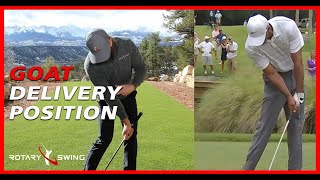
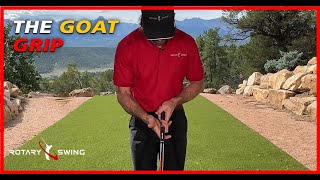
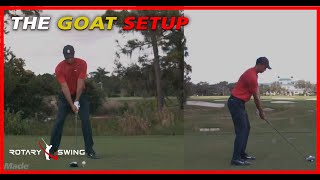
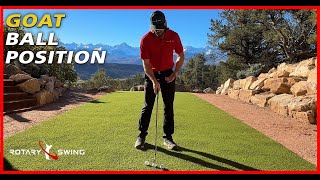
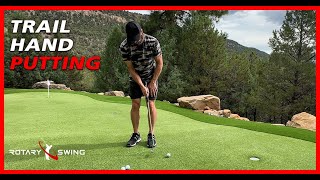

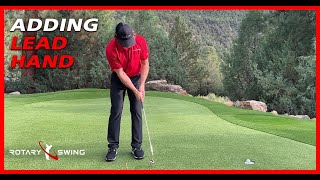
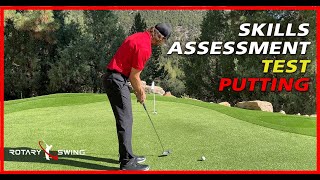
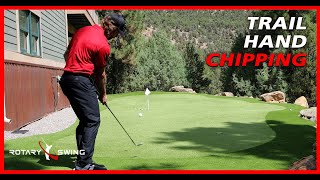
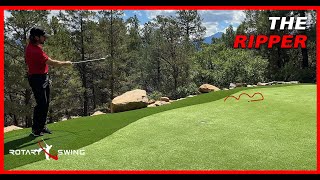
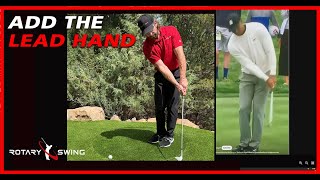
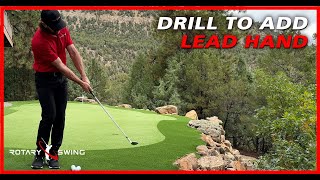
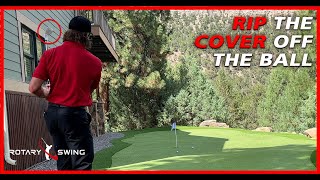
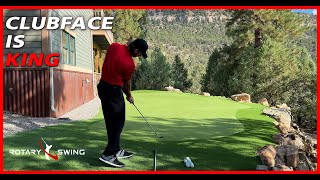

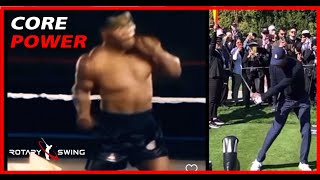
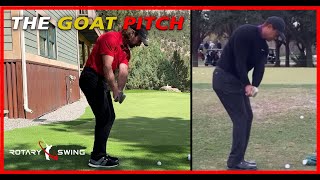
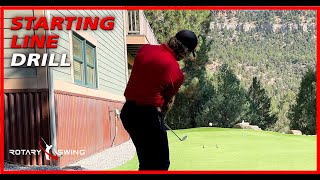
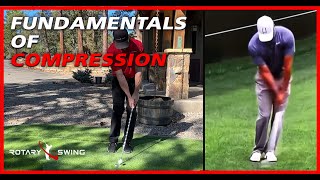
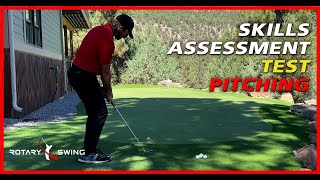
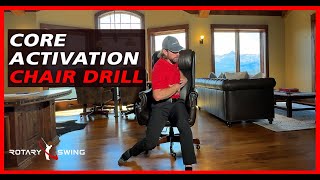
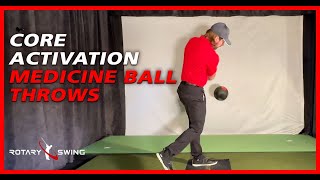
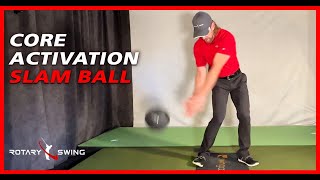
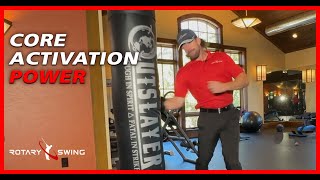
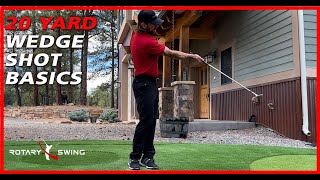
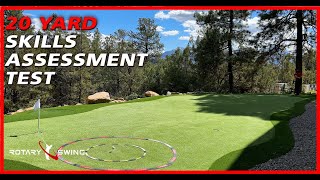
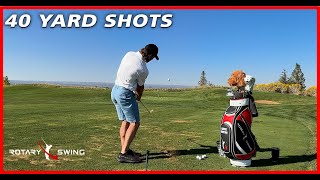
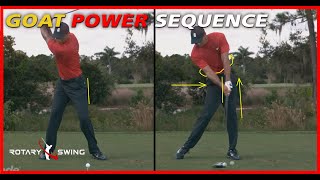
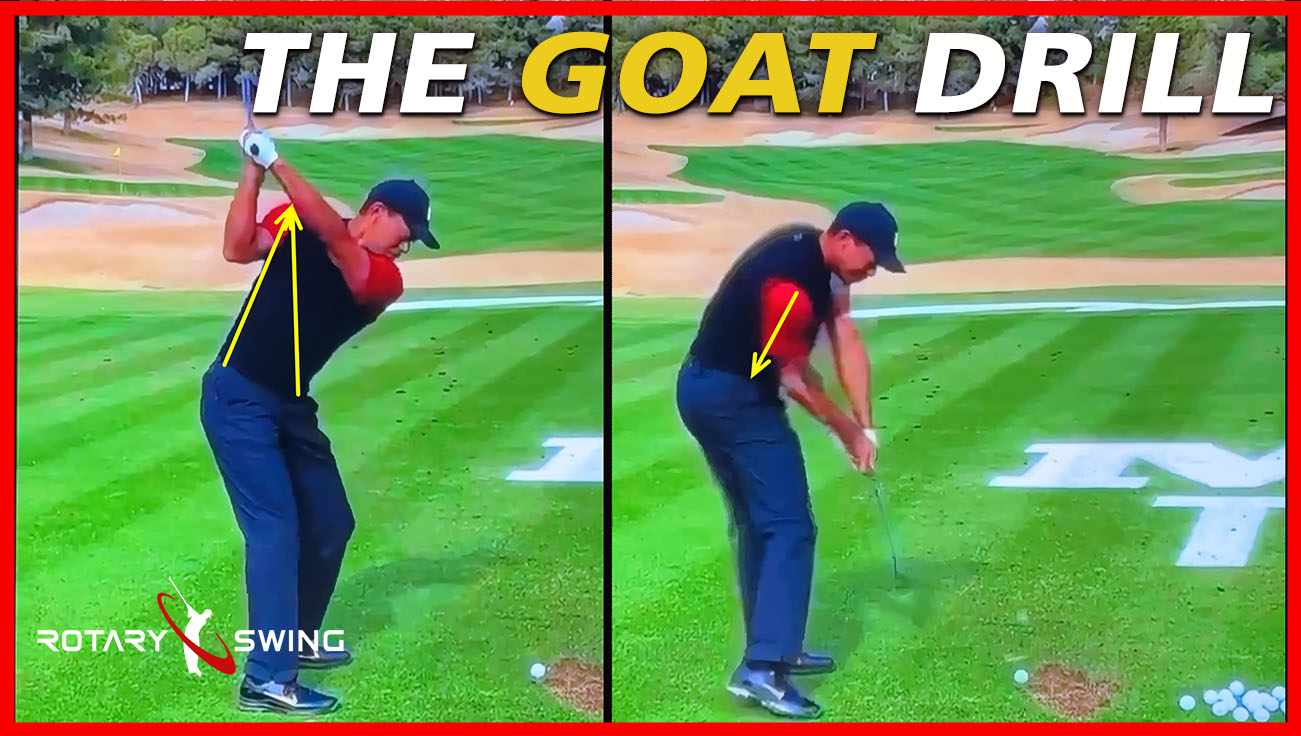
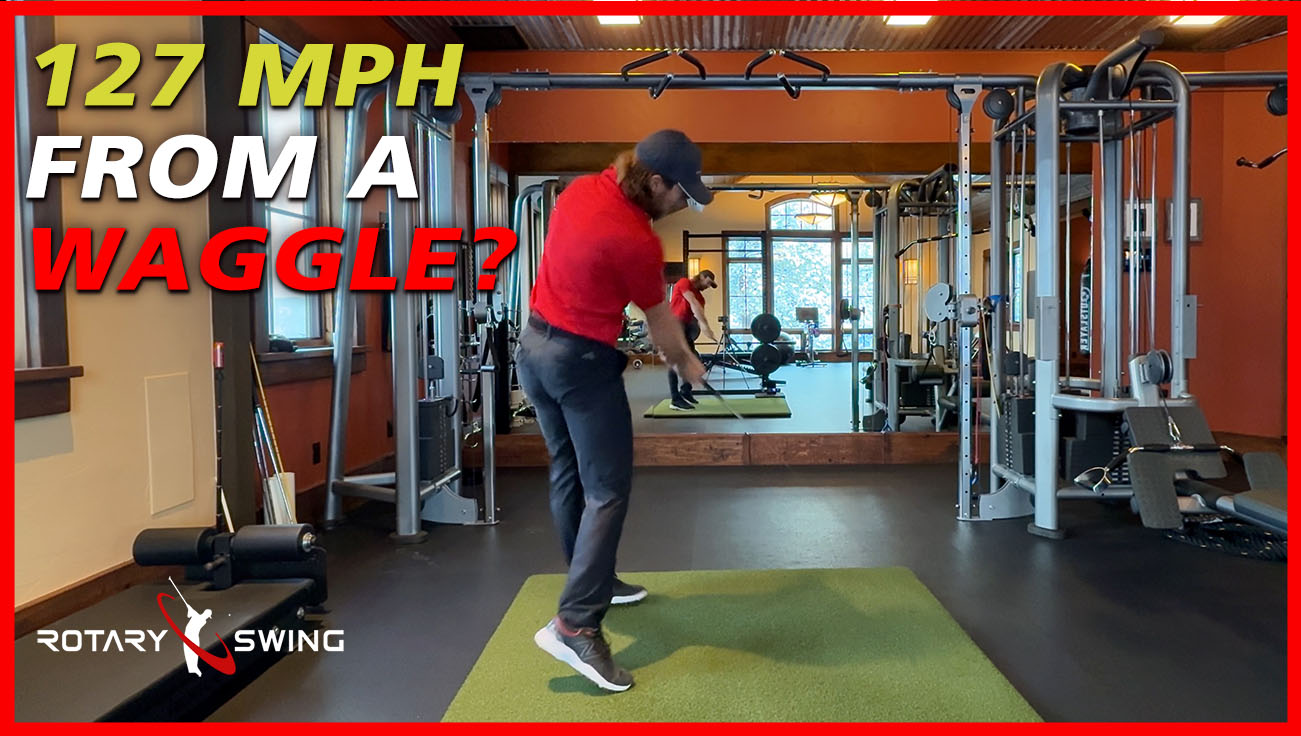
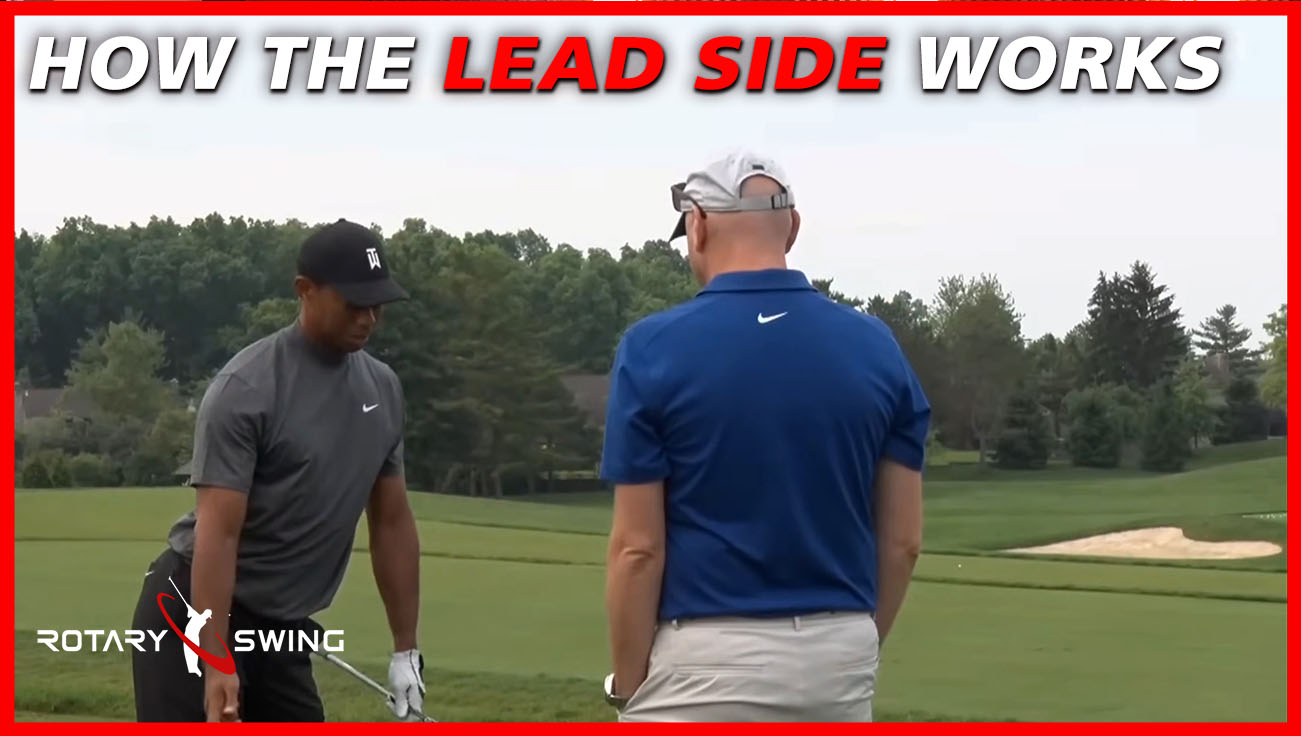
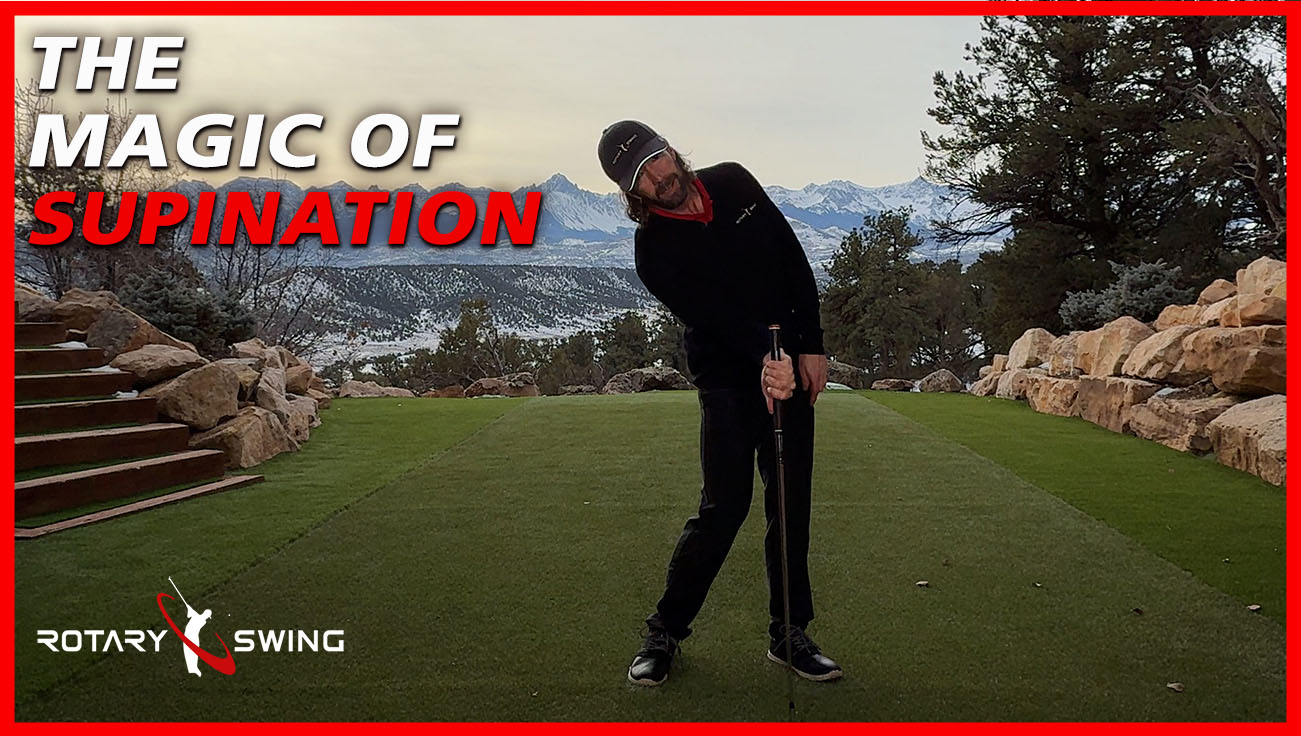
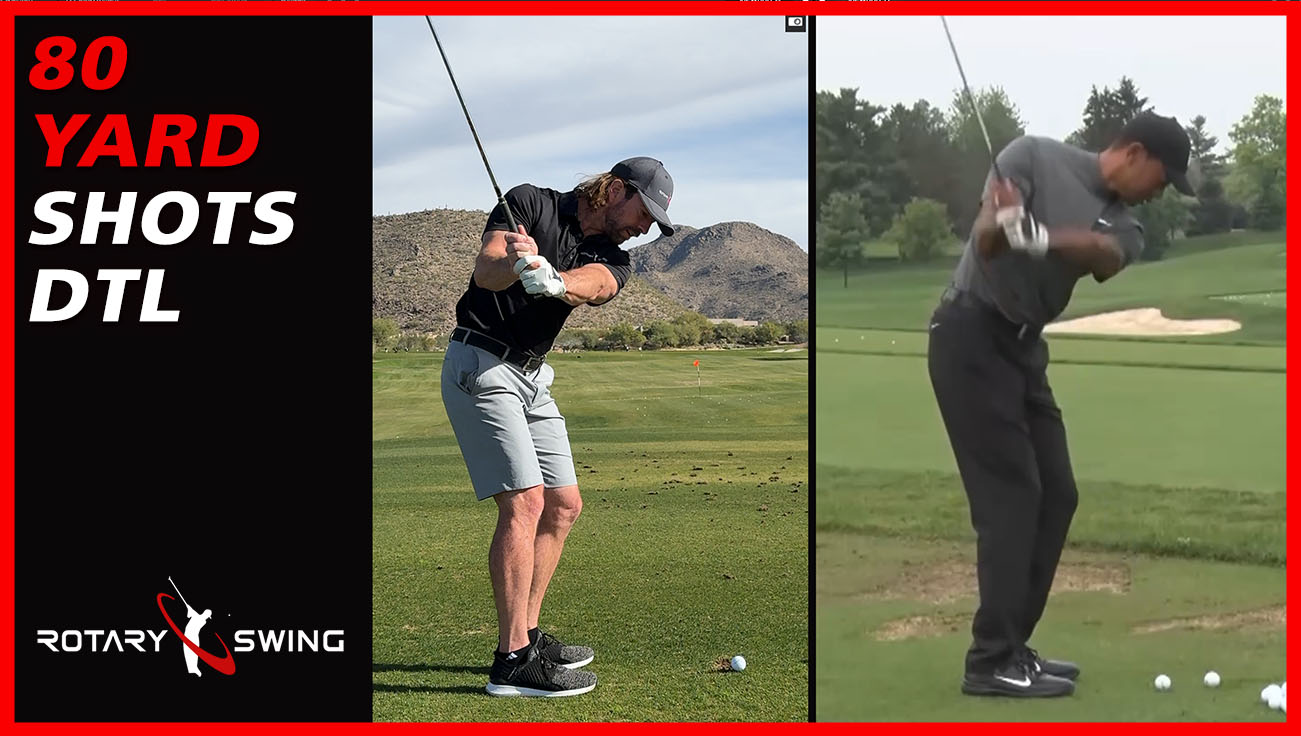
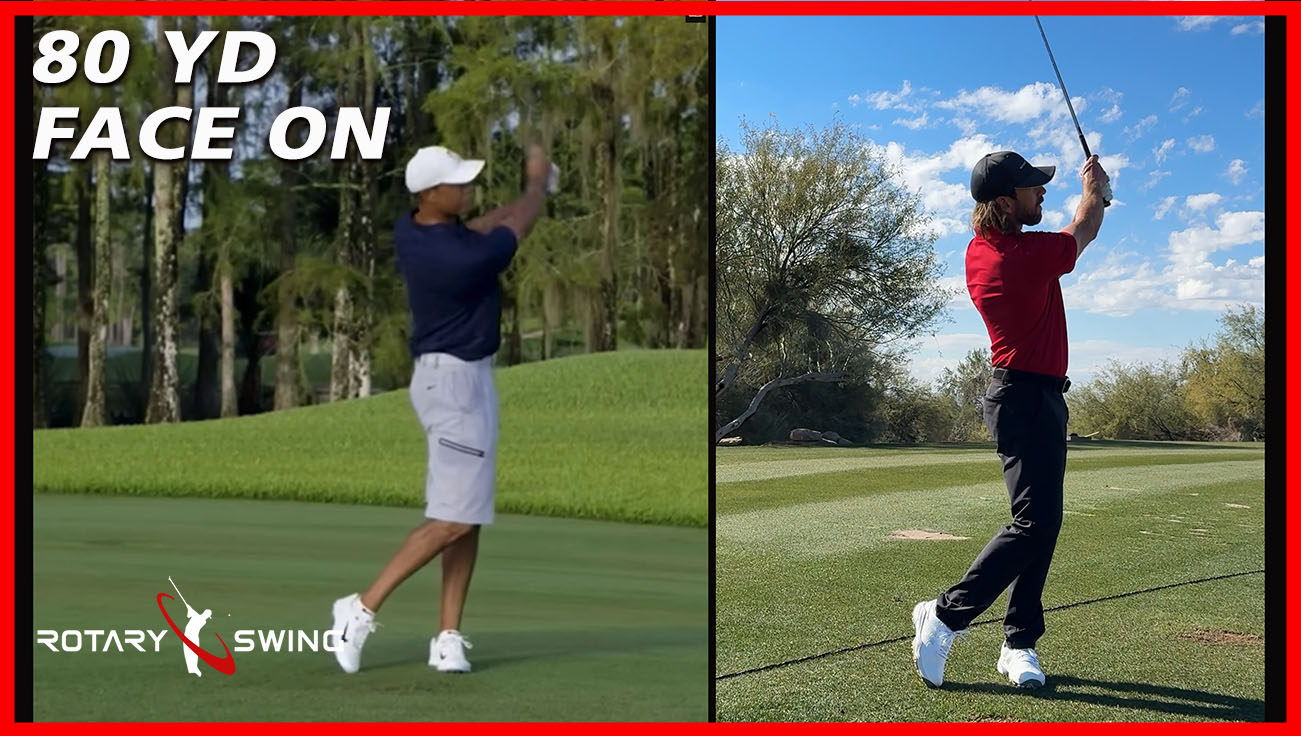
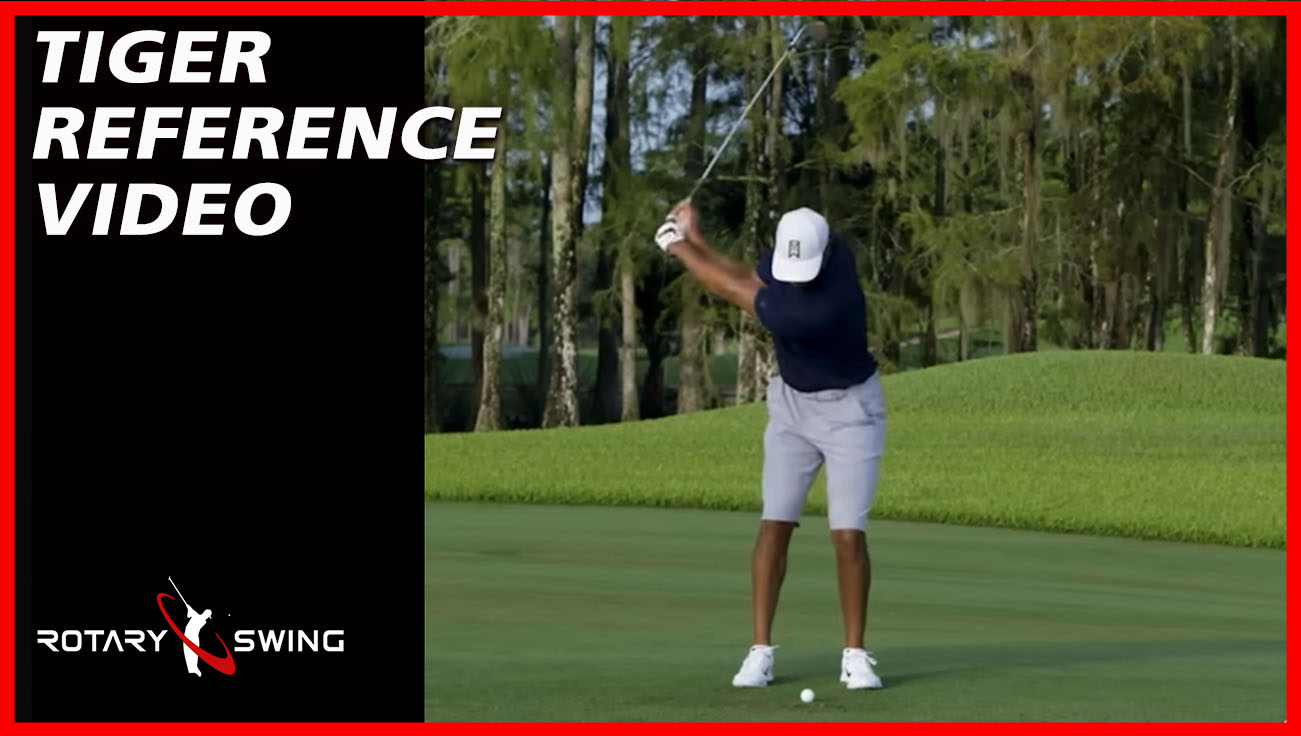

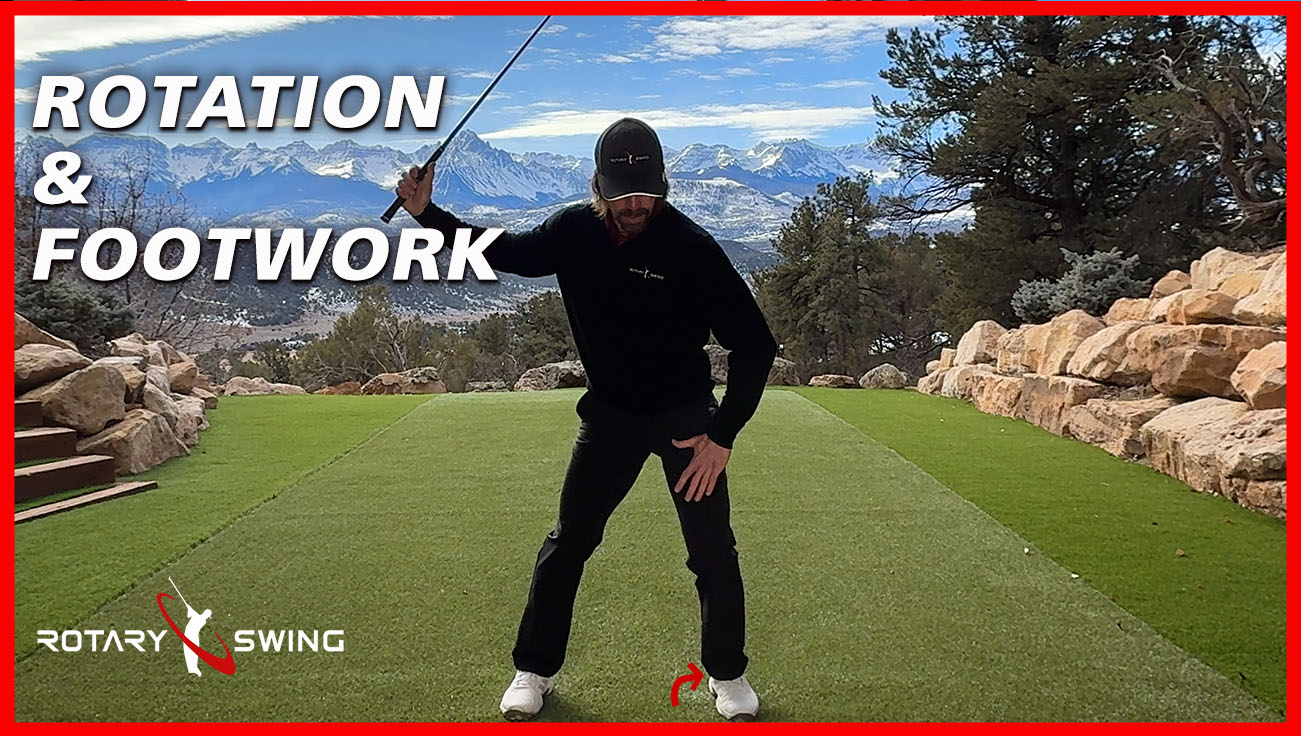
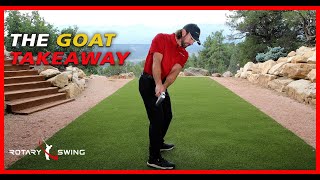

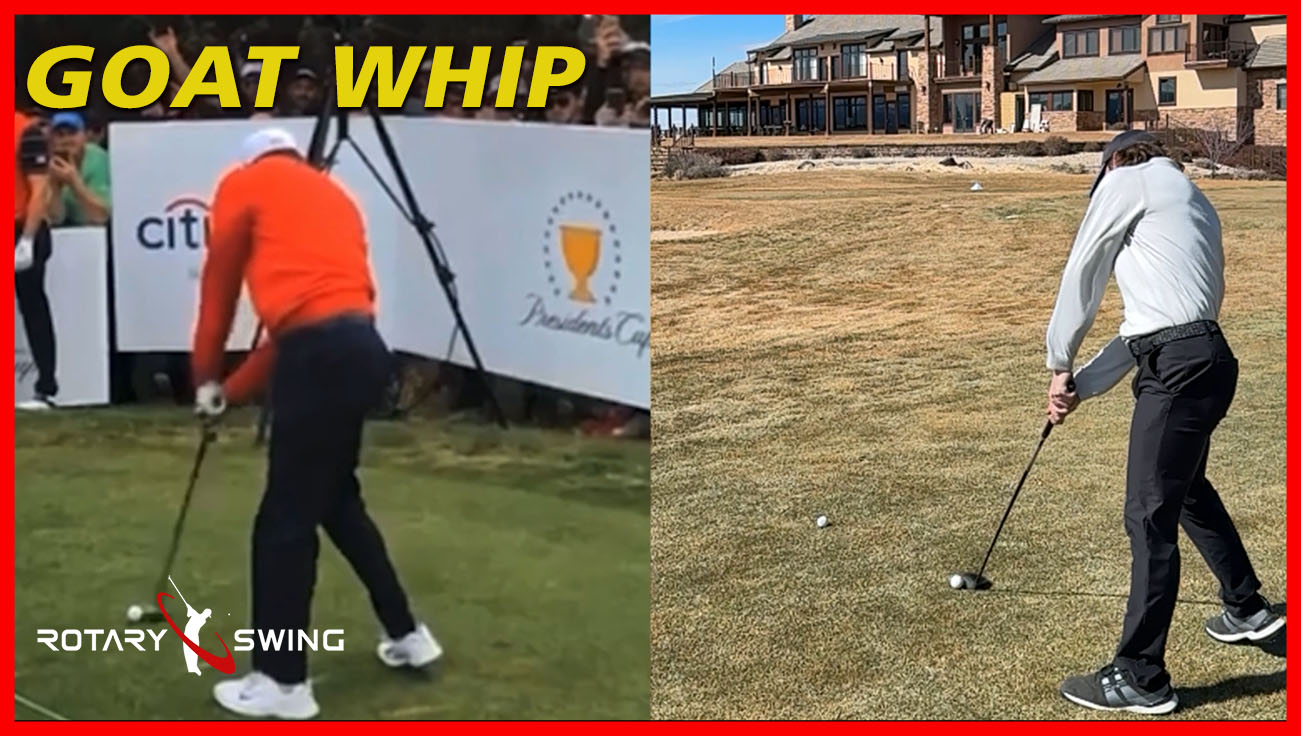
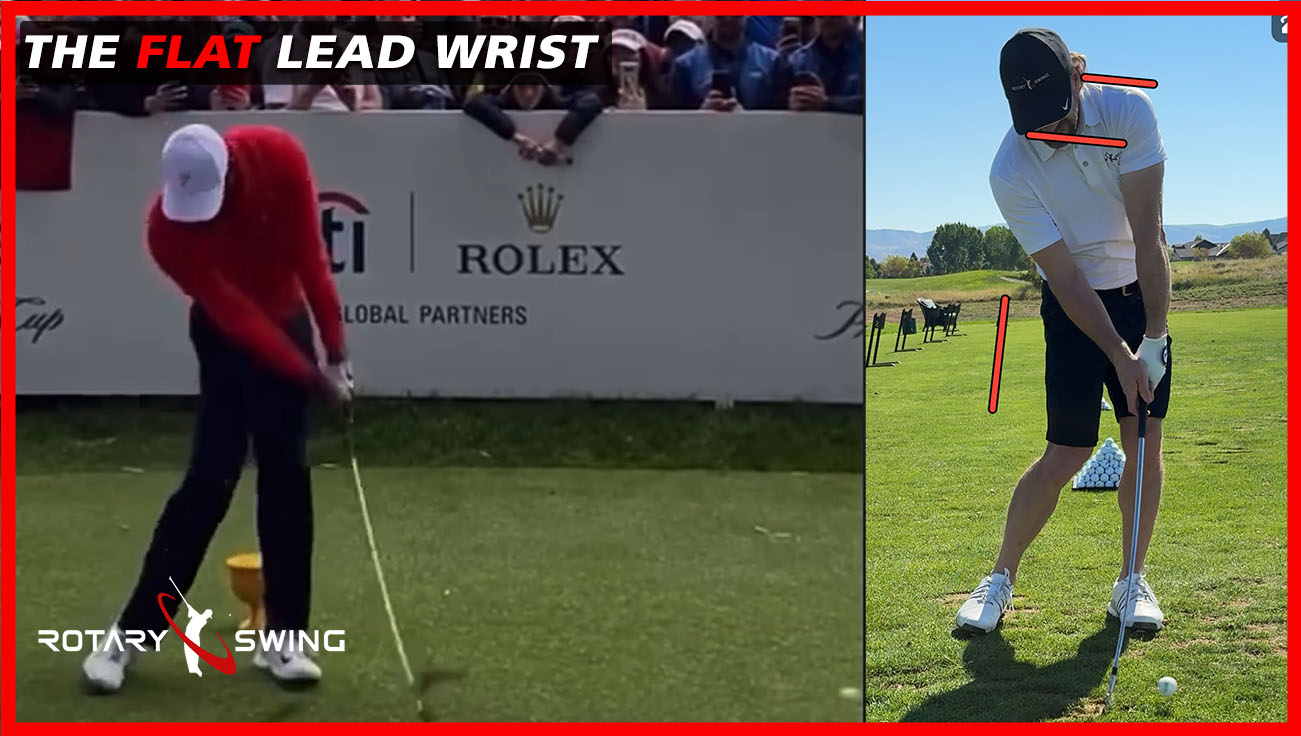
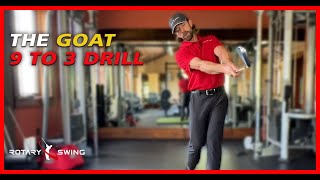
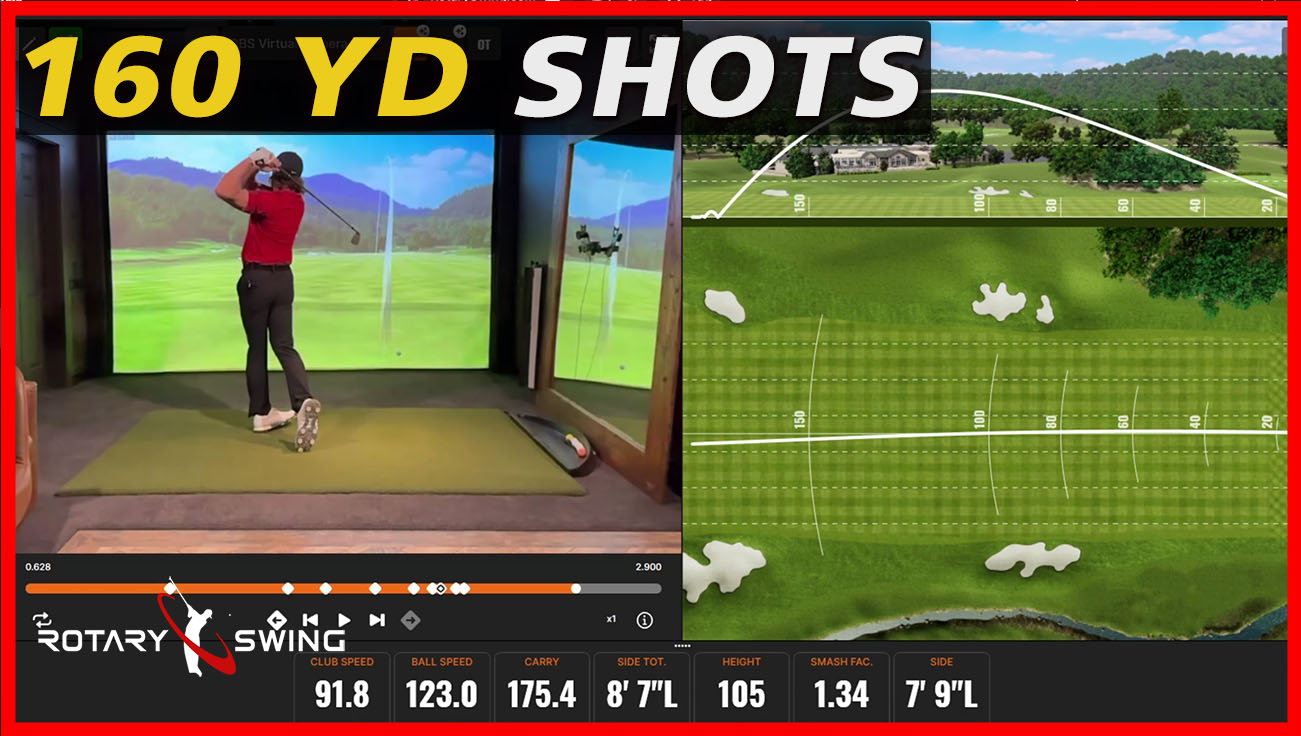

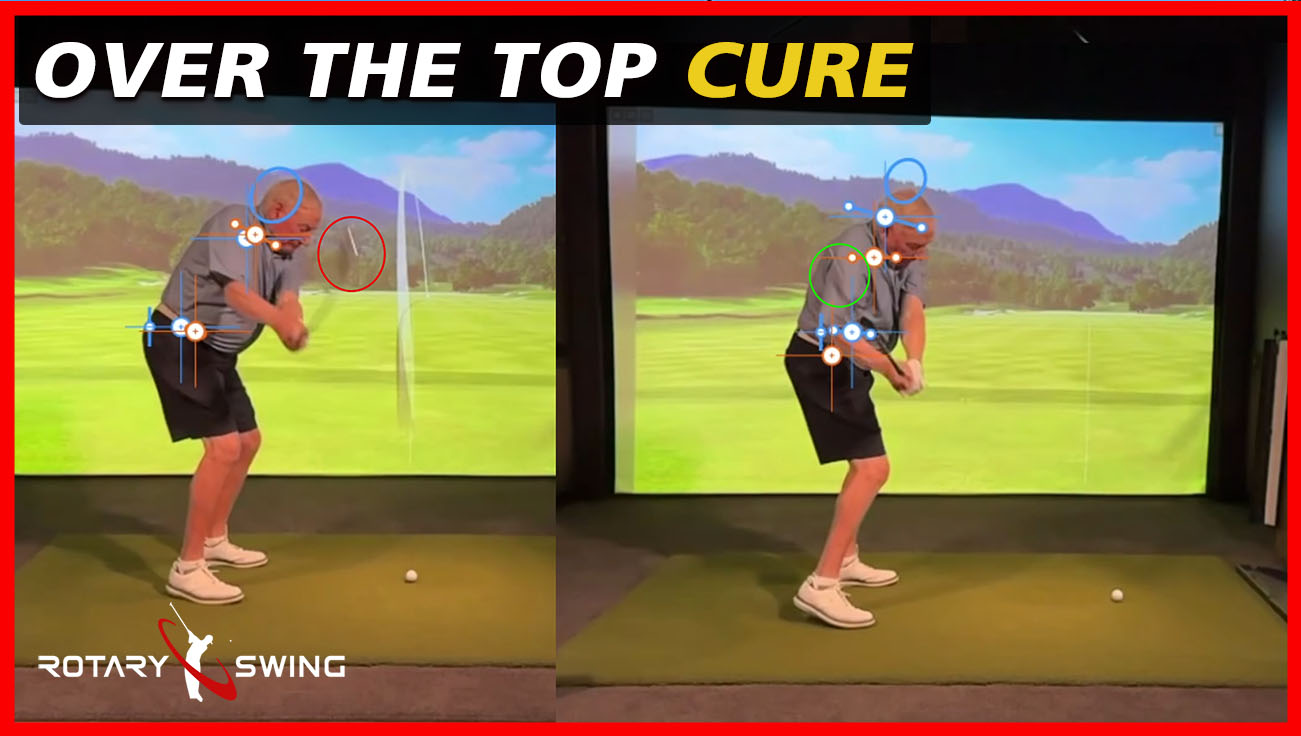
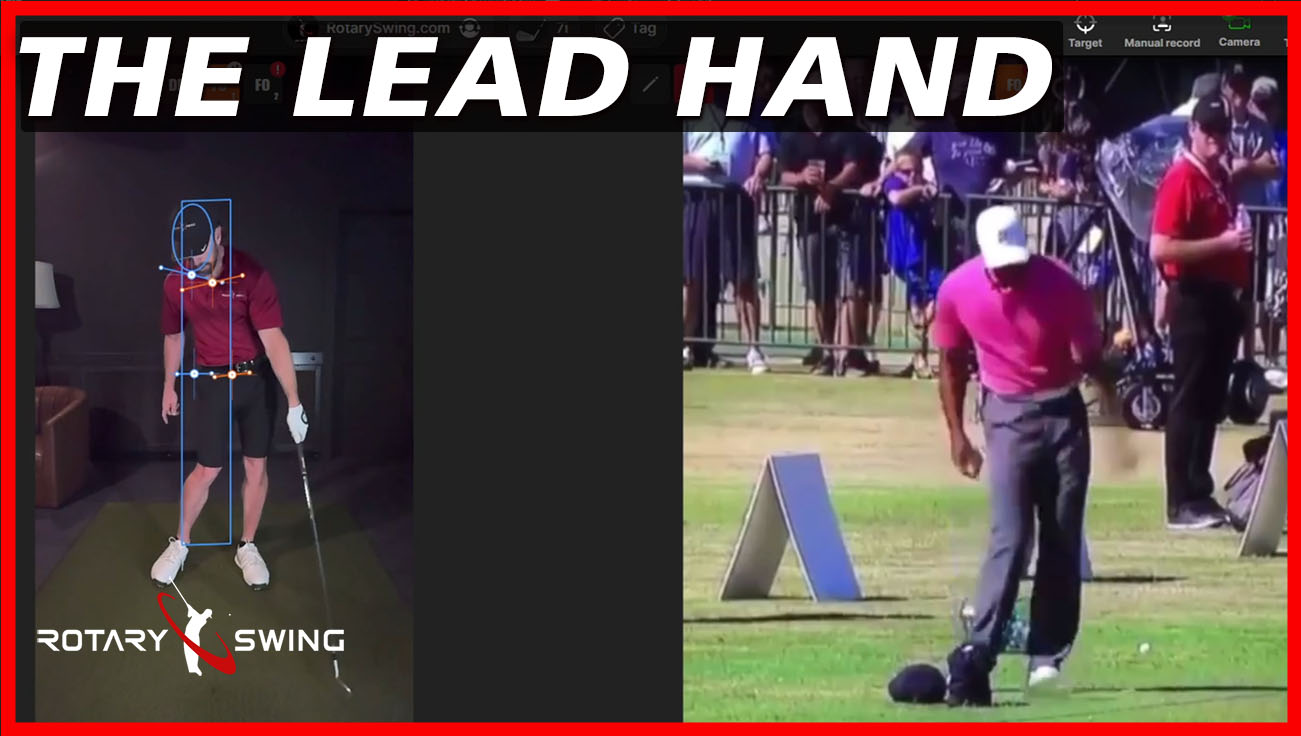
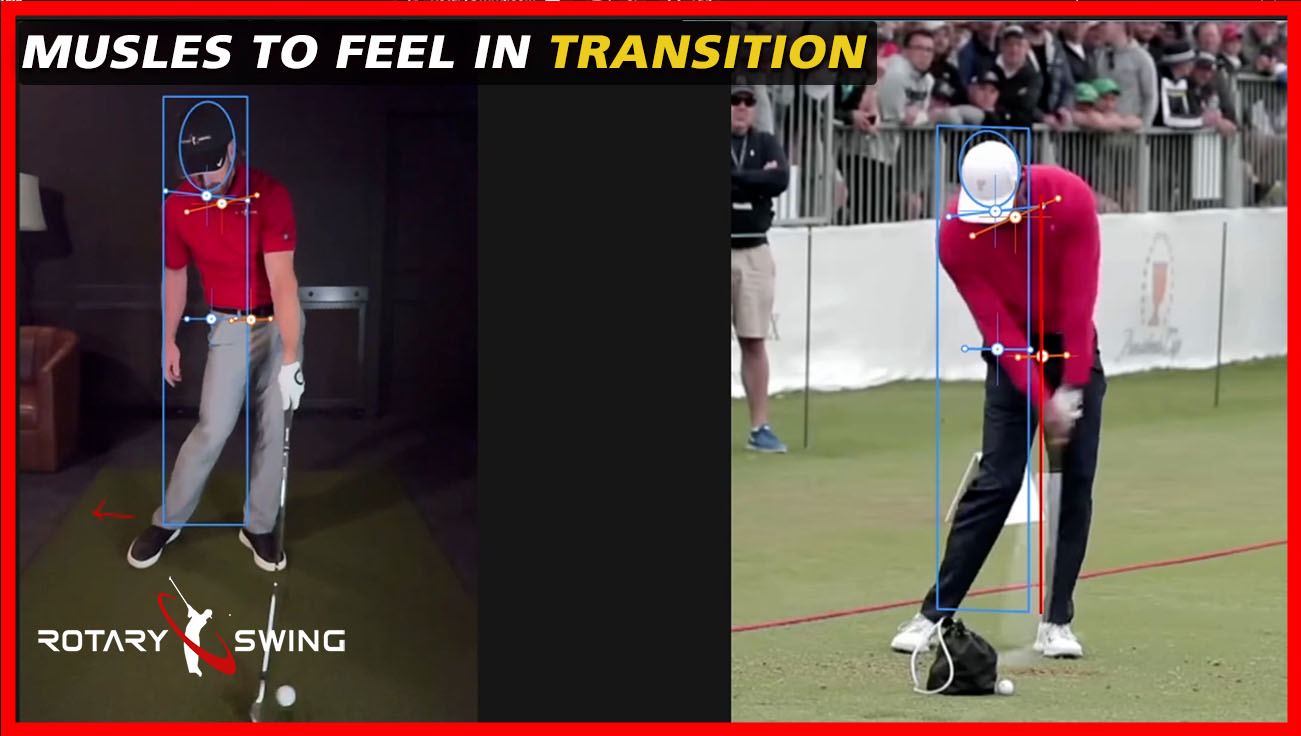
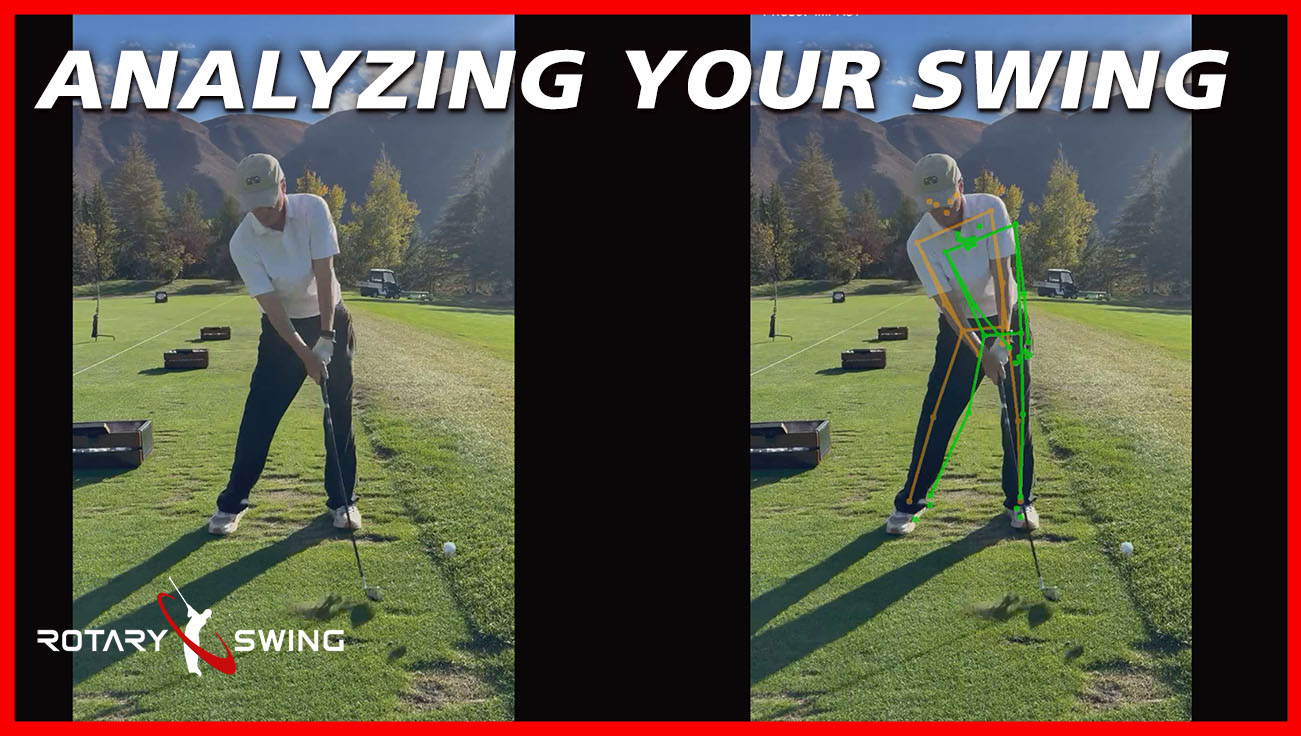

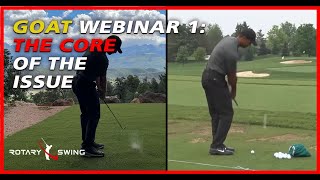
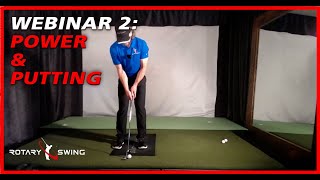
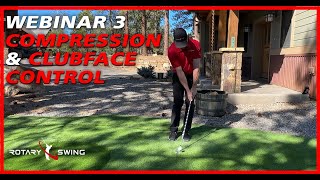
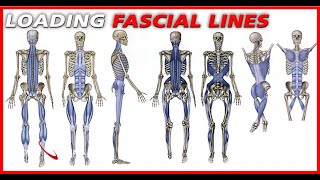
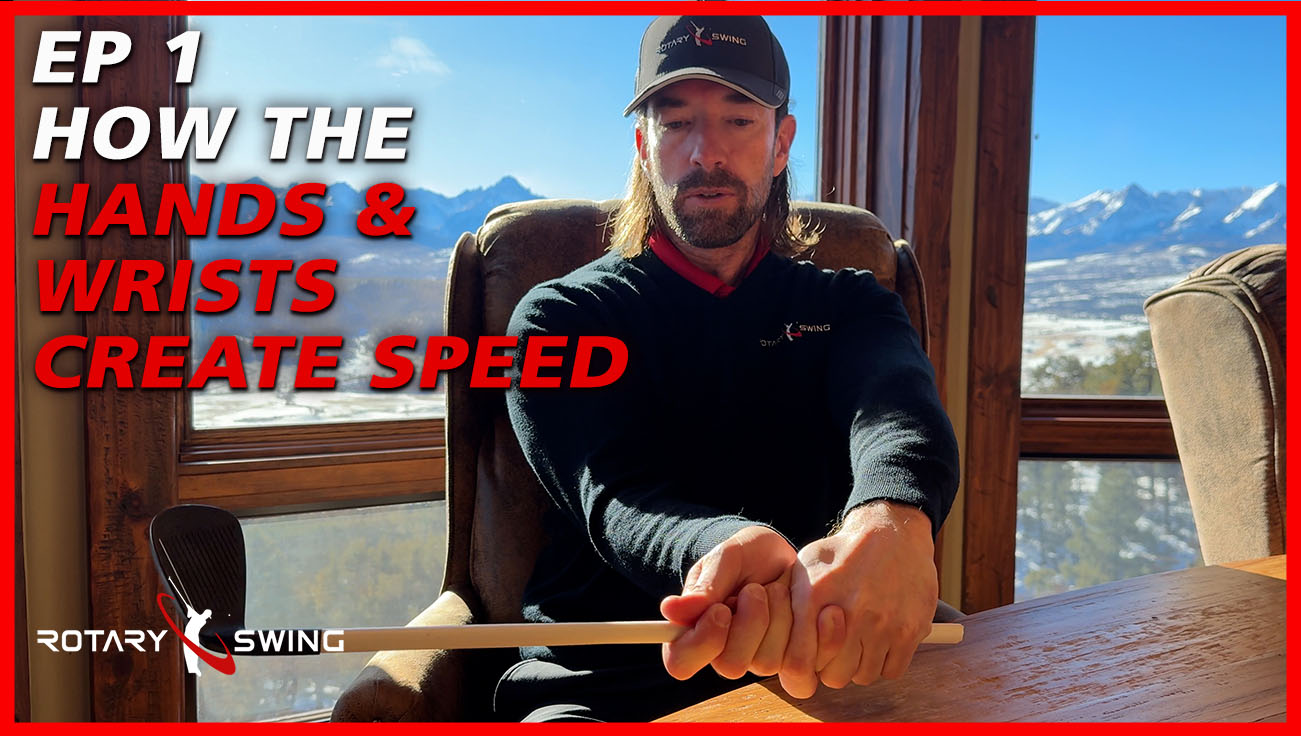

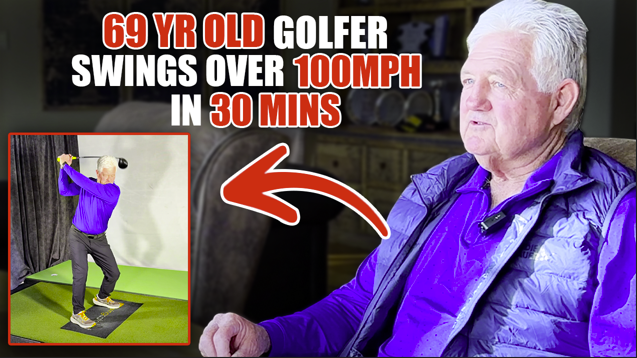
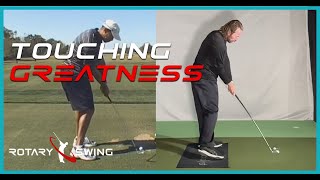
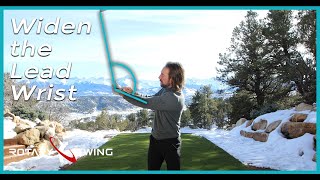
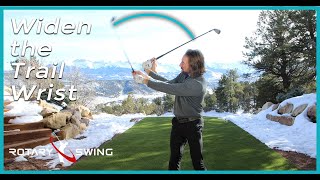

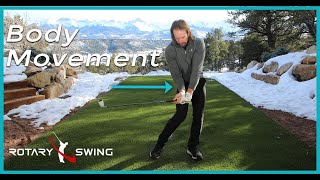

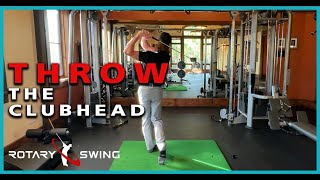
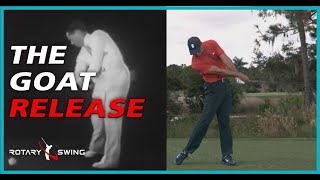
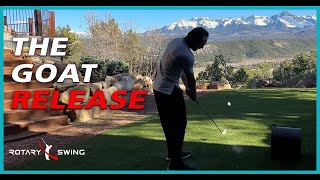
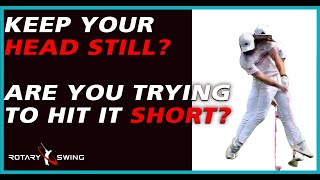
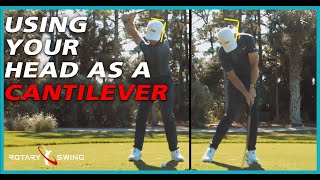
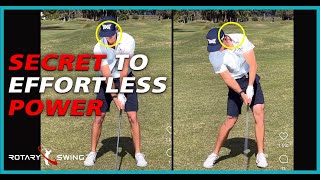
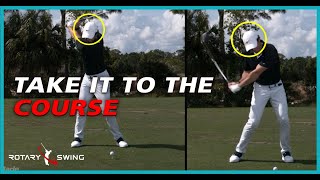

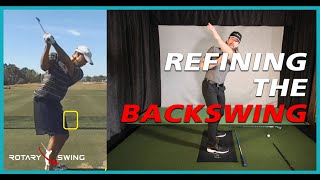

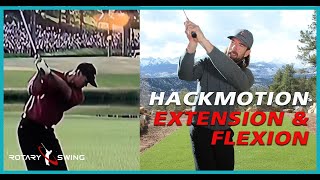
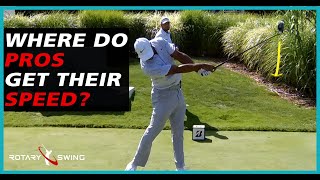
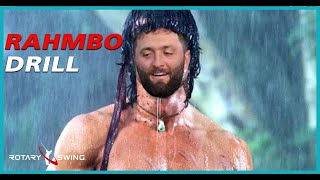

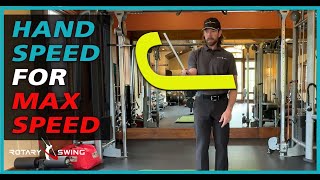
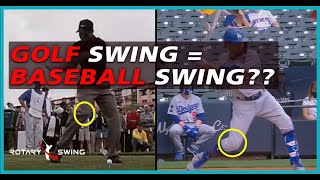
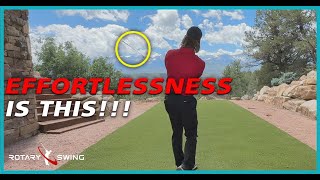

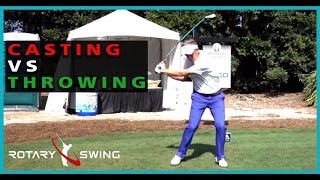
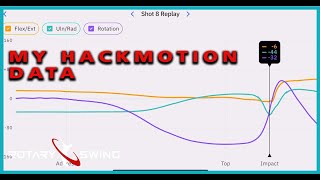
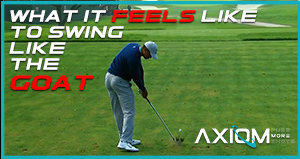
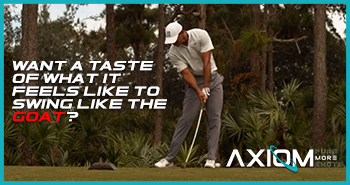


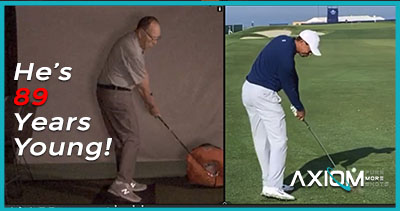

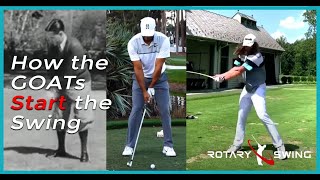
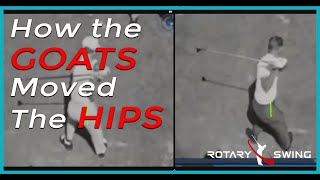
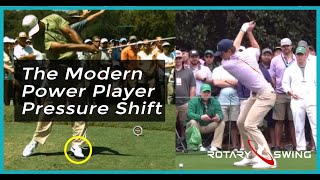
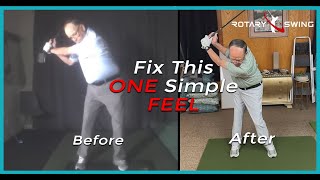
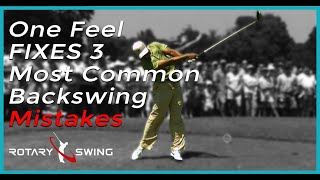
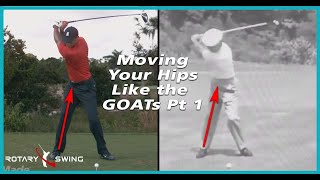
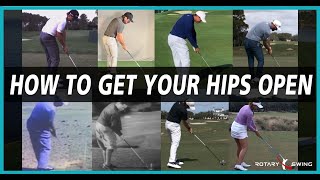

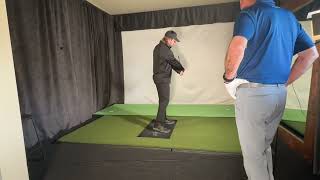
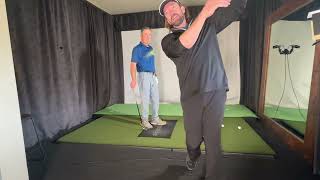
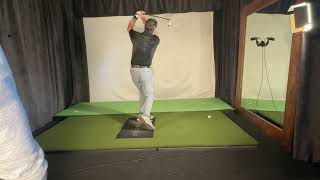
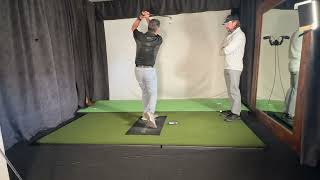
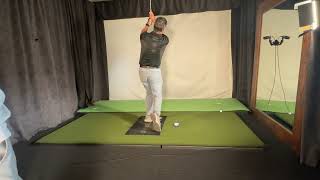
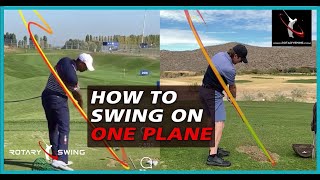
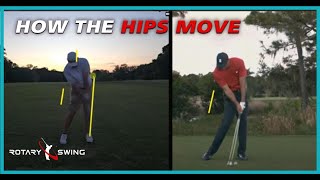
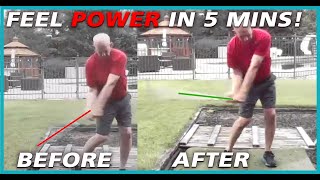
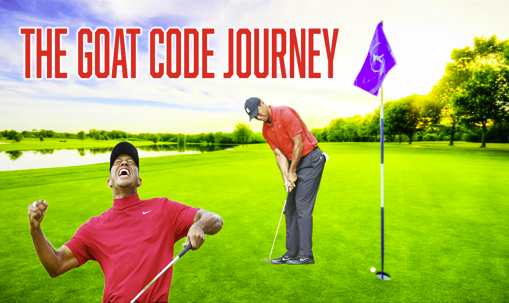
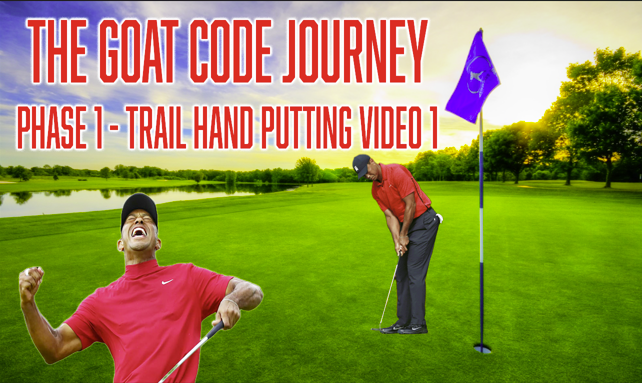
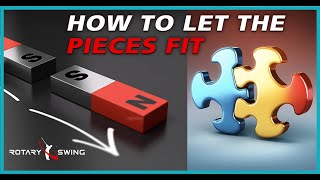


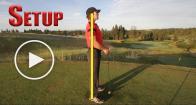
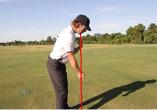
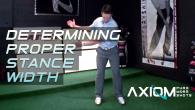
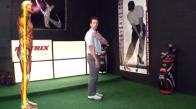
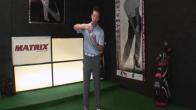
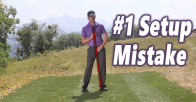

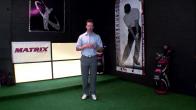
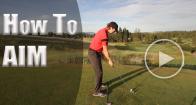
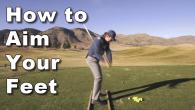
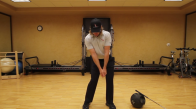
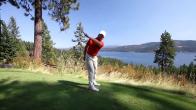
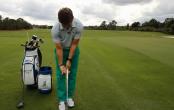

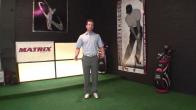
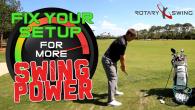

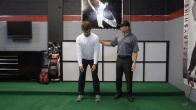

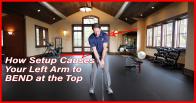


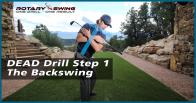
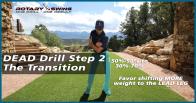
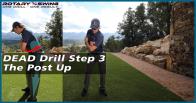

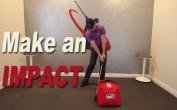
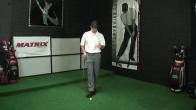
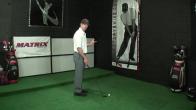
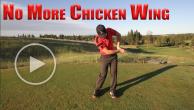
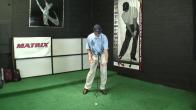


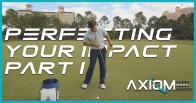
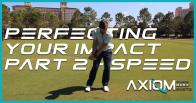
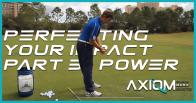
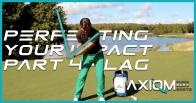

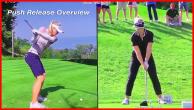

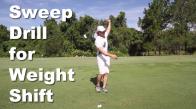


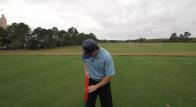
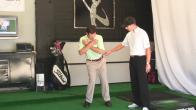
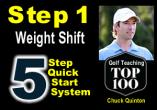
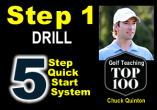
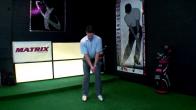
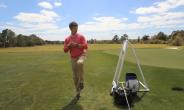

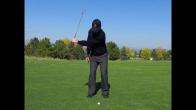
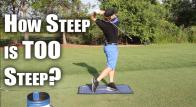
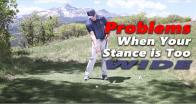
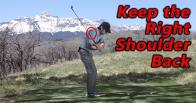
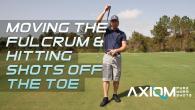
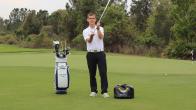
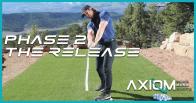
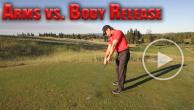
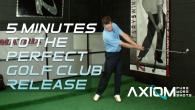
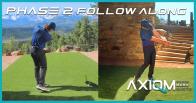
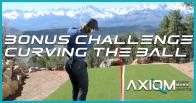

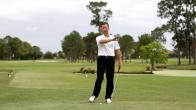
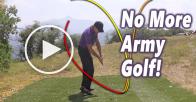
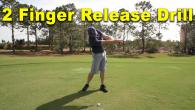
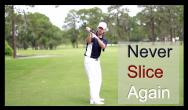
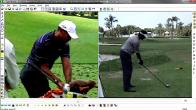
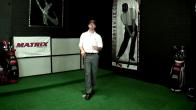
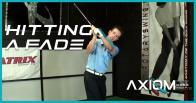
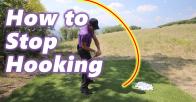
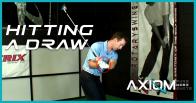
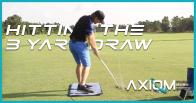
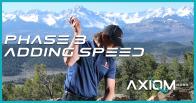
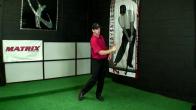
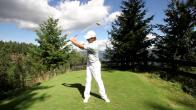

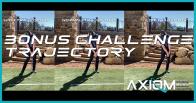
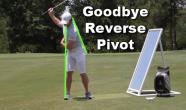
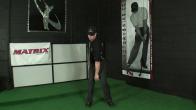
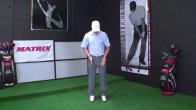
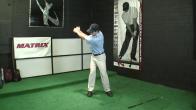
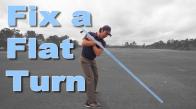
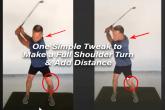
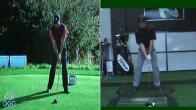
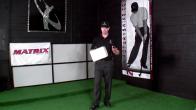

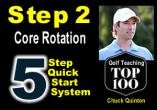
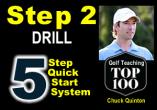
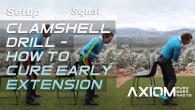
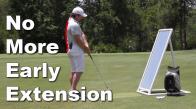
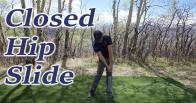

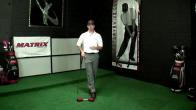
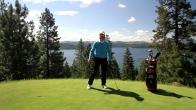
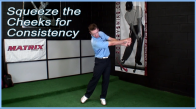
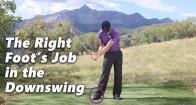
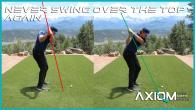
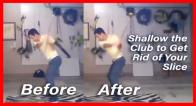

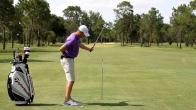
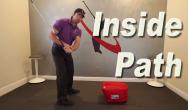

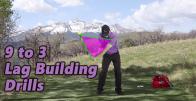
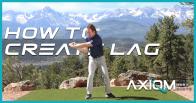
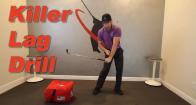
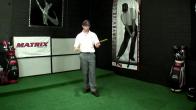
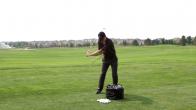
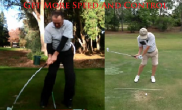
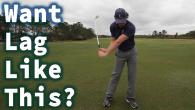

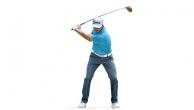
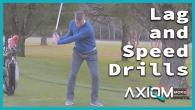
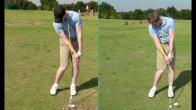

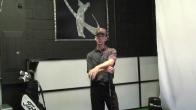
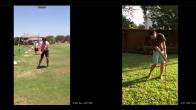



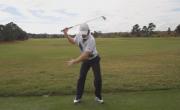
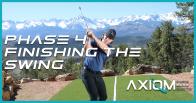
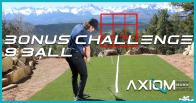


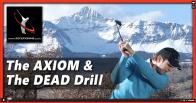
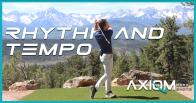
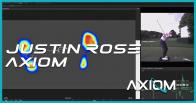


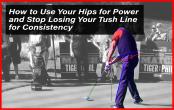
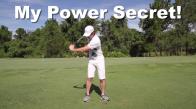
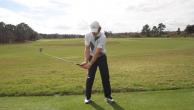
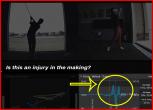
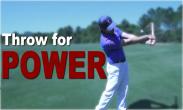


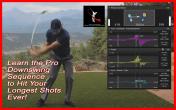
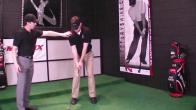
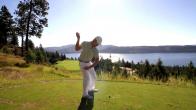

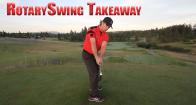


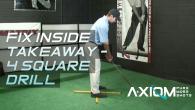
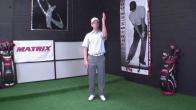
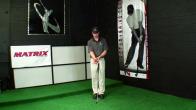


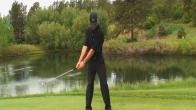
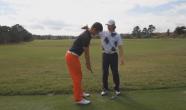
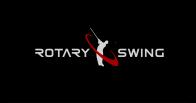
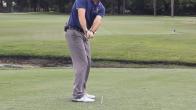

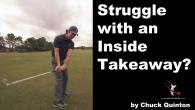
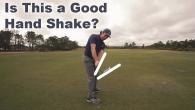
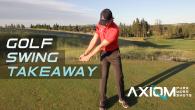
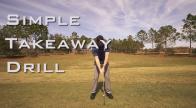

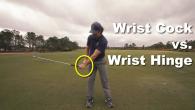
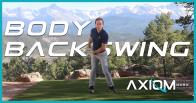
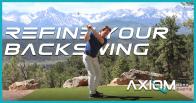

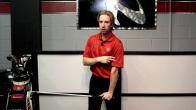


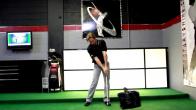
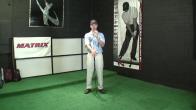
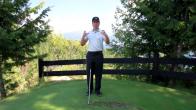

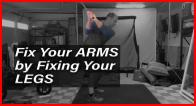
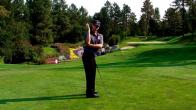
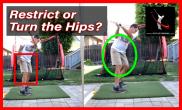
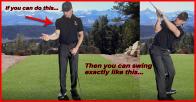

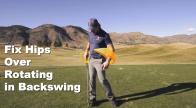
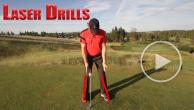
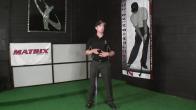

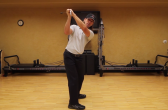
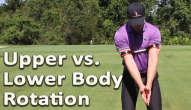
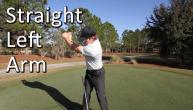


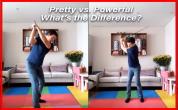

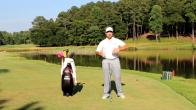




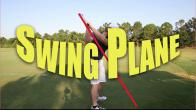
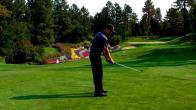
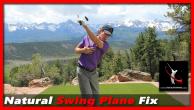
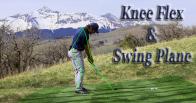
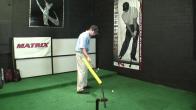

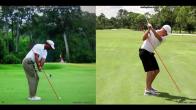

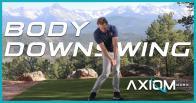

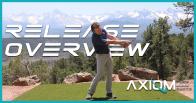

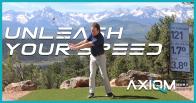
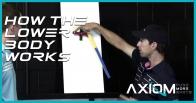
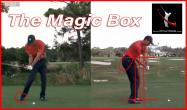
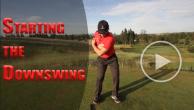

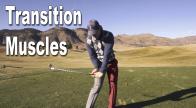
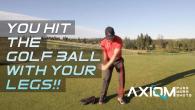

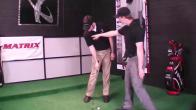
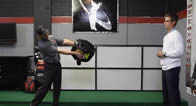
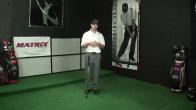
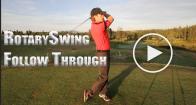
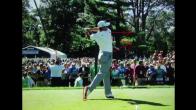
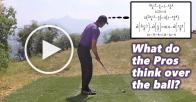
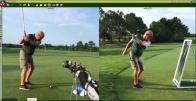

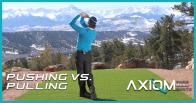
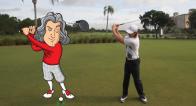
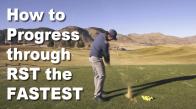
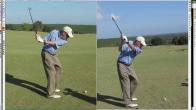


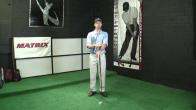
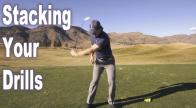
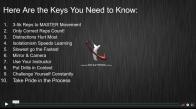
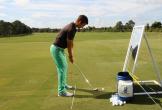

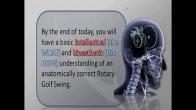
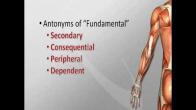
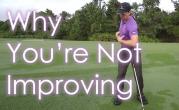
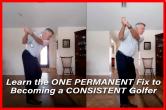
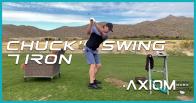
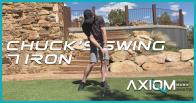

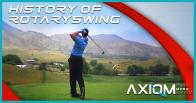

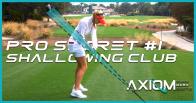
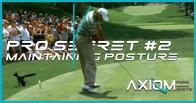
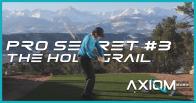
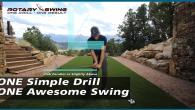

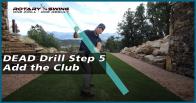

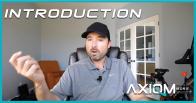
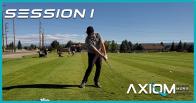
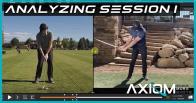

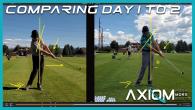
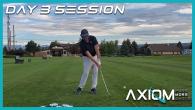

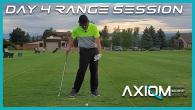
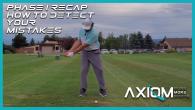
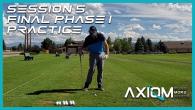


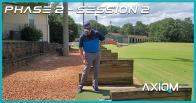
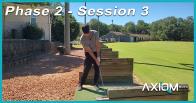
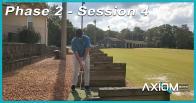
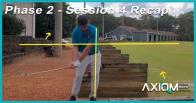
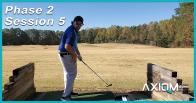

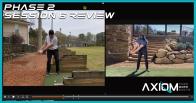
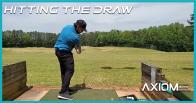


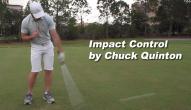
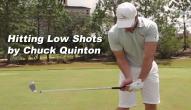


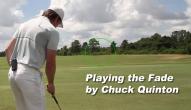
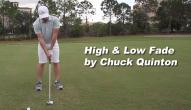

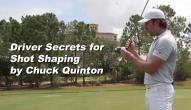
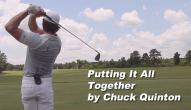

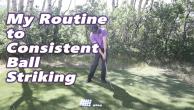

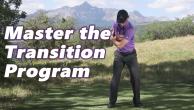
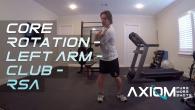
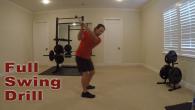
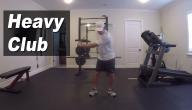
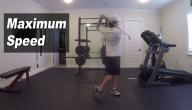
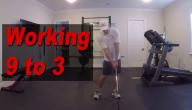
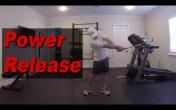
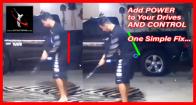
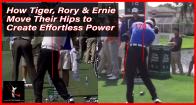
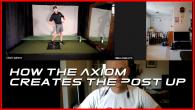
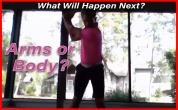
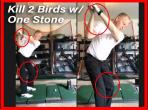
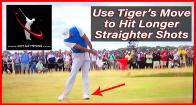

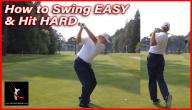
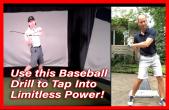
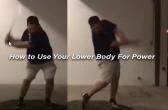
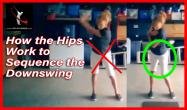
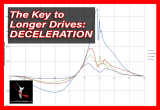
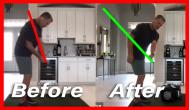
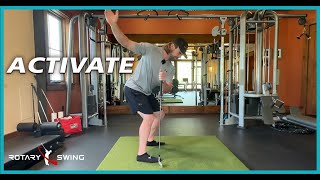
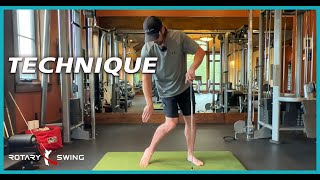
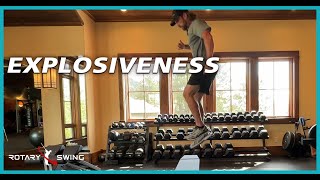
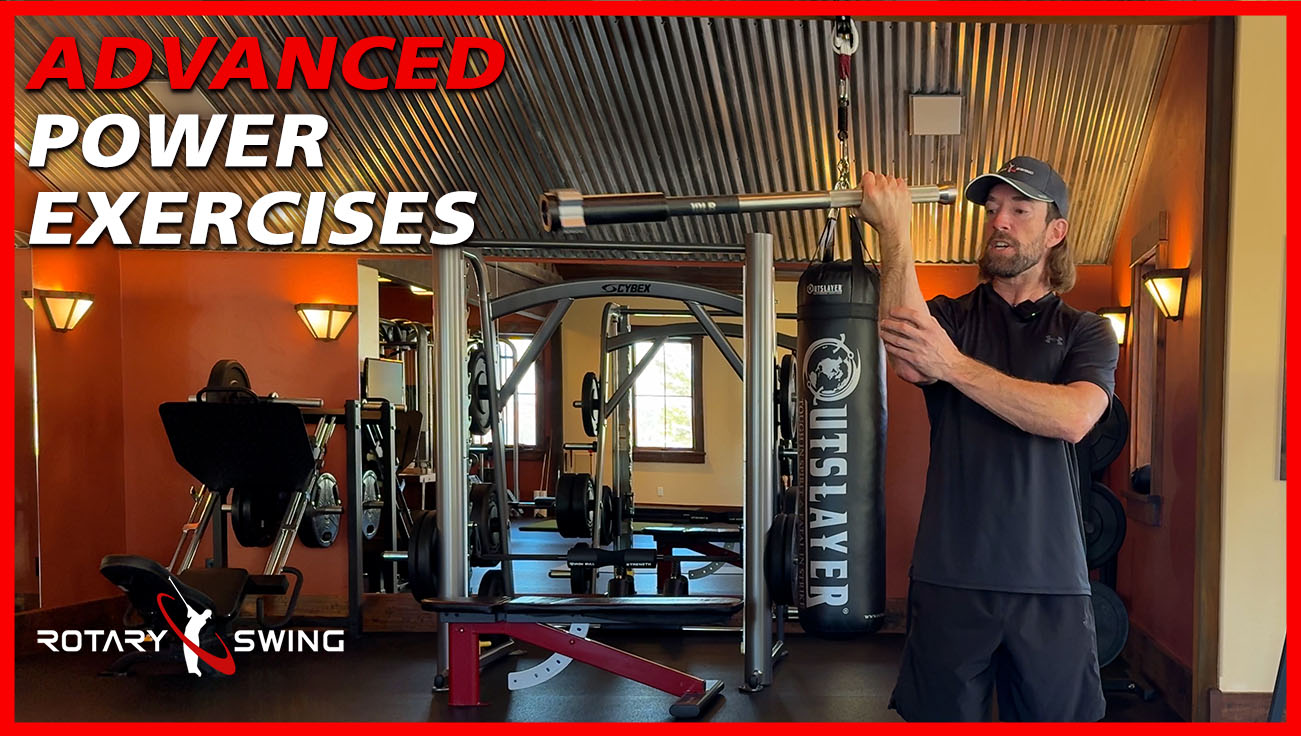
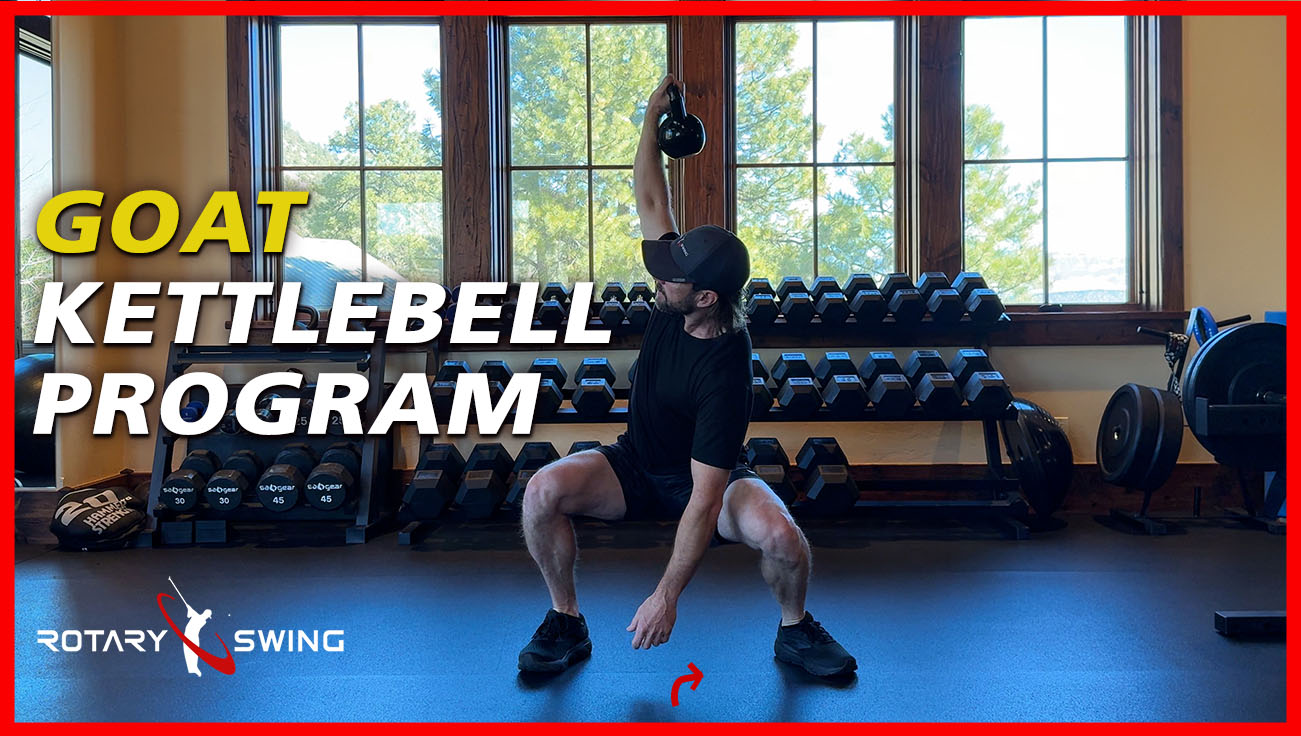

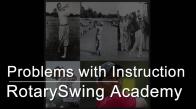
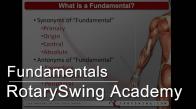
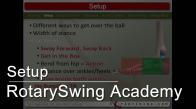
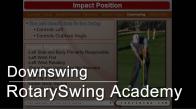

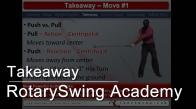
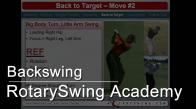
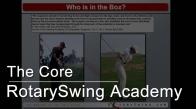
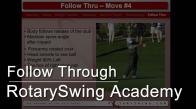



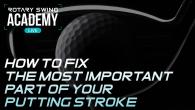
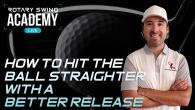
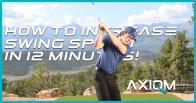
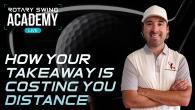
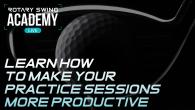
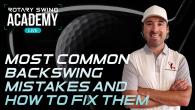
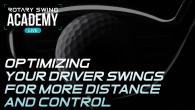
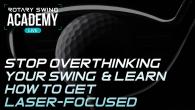



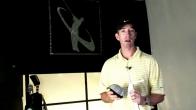
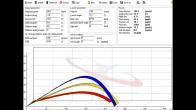

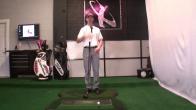
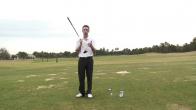
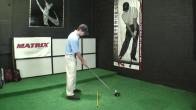
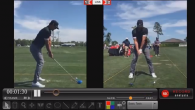


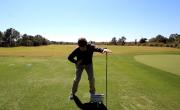
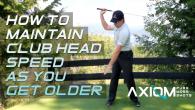
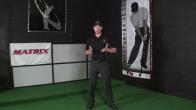
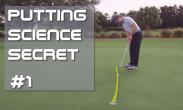
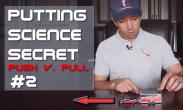

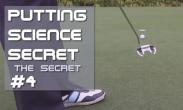
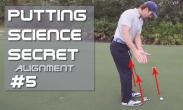
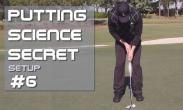
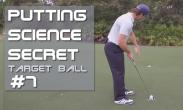
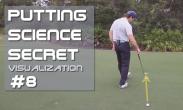
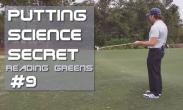





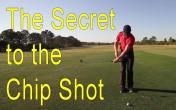
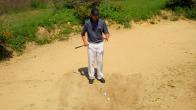
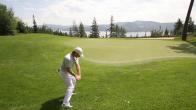
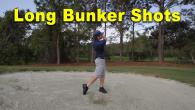
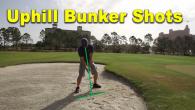
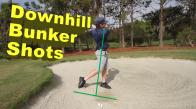
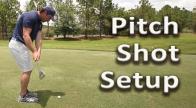
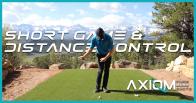
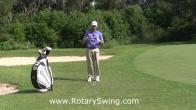
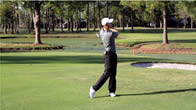
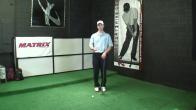
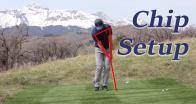
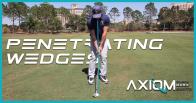

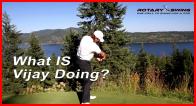





Marcel (Certified RST Instructor)
Craig (Certified RST Instructor)